Rustic wainscoting transforms ordinary walls into stunning architectural focal points that blend timeless charm with contemporary functionality. This classic wall treatment brings warmth, texture, and character to any space while offering practical benefits like wall protection and visual interest. From reclaimed barn wood planks that tell stories of agricultural heritage to weathered beadboard that evokes coastal cottage living, rustic wainscoting creates inviting atmospheres that celebrate natural materials and craftsmanship. Whether you're designing a farmhouse kitchen, a cozy living room, or a sophisticated dining space, these versatile wall treatments adapt beautifully to various interior styles while maintaining their authentic, lived-in appeal that today's homeowners crave.
1. Reclaimed Barn Wood Rustic Wainscoting
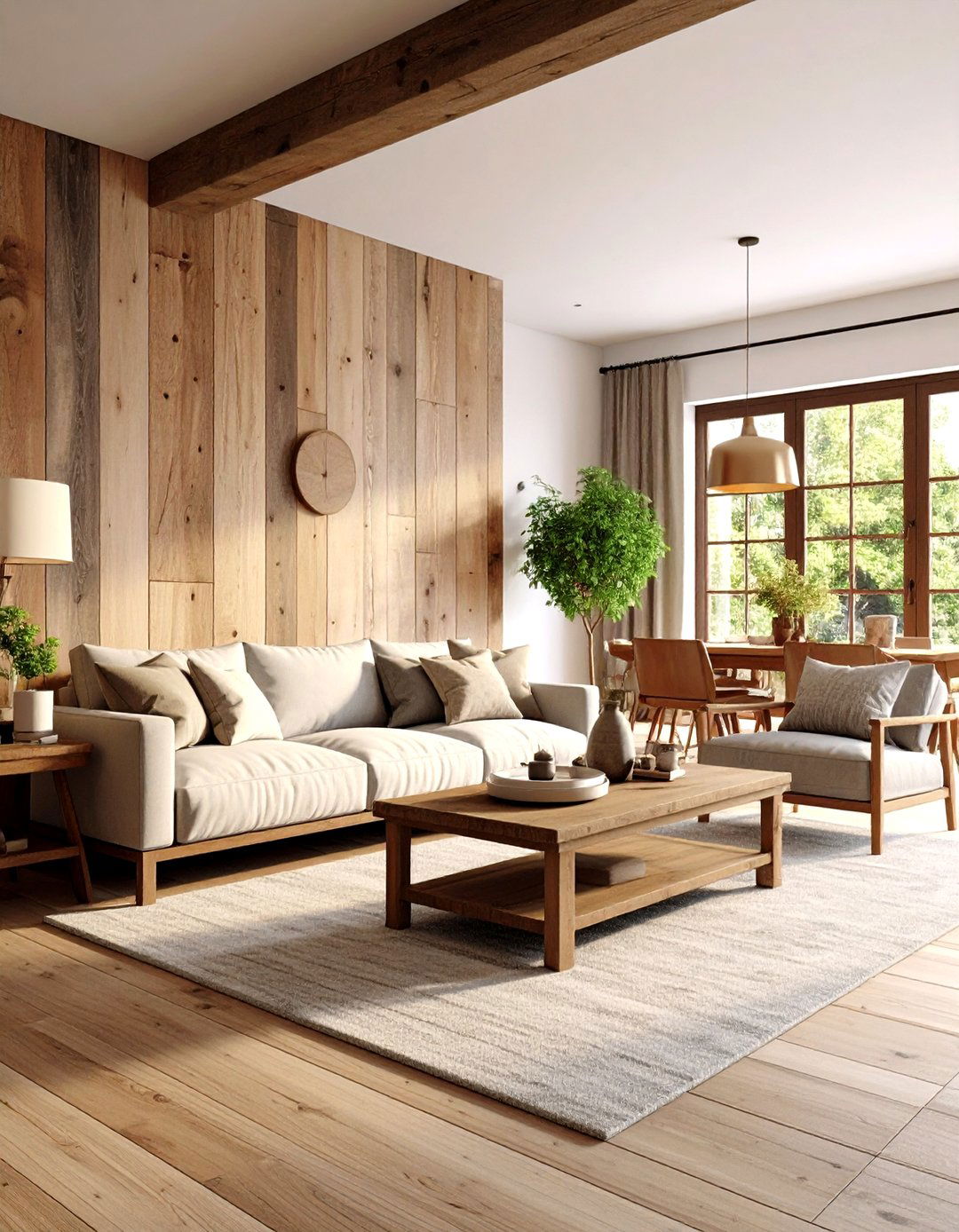
Authentic reclaimed barn wood wainscoting brings centuries of character into modern homes with its weathered patina and natural imperfections. This design features mixed-width planks ranging from three to seven inches, showcasing genuine nail holes, saw marks, and grain variations that tell the story of their agricultural past. The natural gray and brown tones create a stunning backdrop that pairs beautifully with contemporary furnishings or traditional country decor. Installation involves carefully selecting boards with complementary weathering patterns and securing them horizontally across the lower third of walls. The rustic charm intensifies when paired with exposed ceiling beams, vintage lighting fixtures, and natural fiber textiles that celebrate the authentic farmhouse aesthetic.
2. Distressed White Rustic Wainscoting with Layered Paint
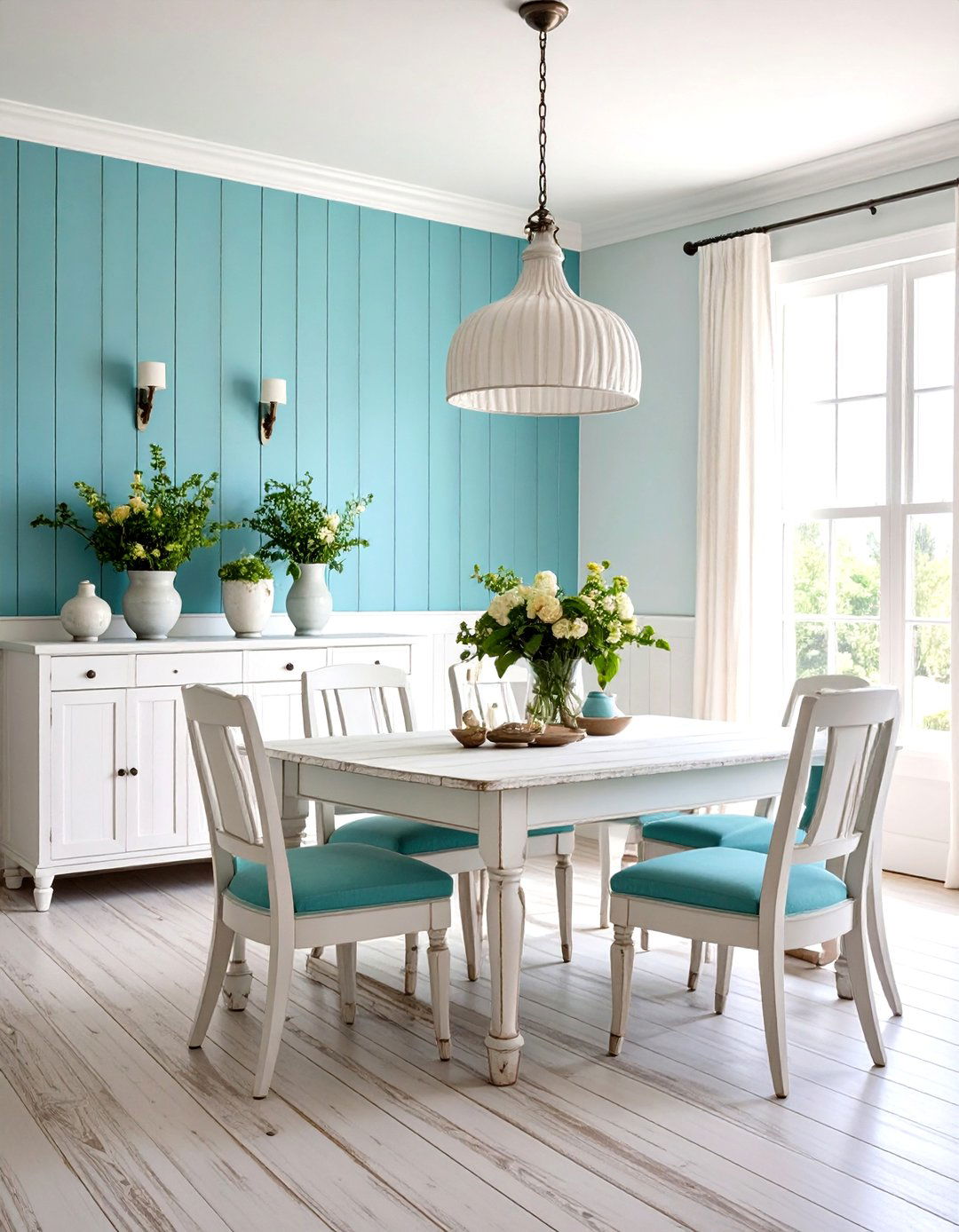
This sophisticated rustic wainscoting technique combines multiple paint layers to achieve an authentically weathered appearance without using reclaimed materials. The process begins with new beadboard or flat panel wainscoting painted in deep base colors like charcoal or barn red, followed by strategically applied white topcoats that are then carefully sanded to reveal glimpses of the darker layers beneath. This creates the illusion of decades of paint applications and natural wear patterns. The finished result offers pristine functionality with vintage character, making it perfect for bathrooms, kitchens, or dining rooms where the charm of aged paint is desired but moisture resistance and easy maintenance are essential priorities for busy households.
3. Horizontal Shiplap Rustic Wainscoting
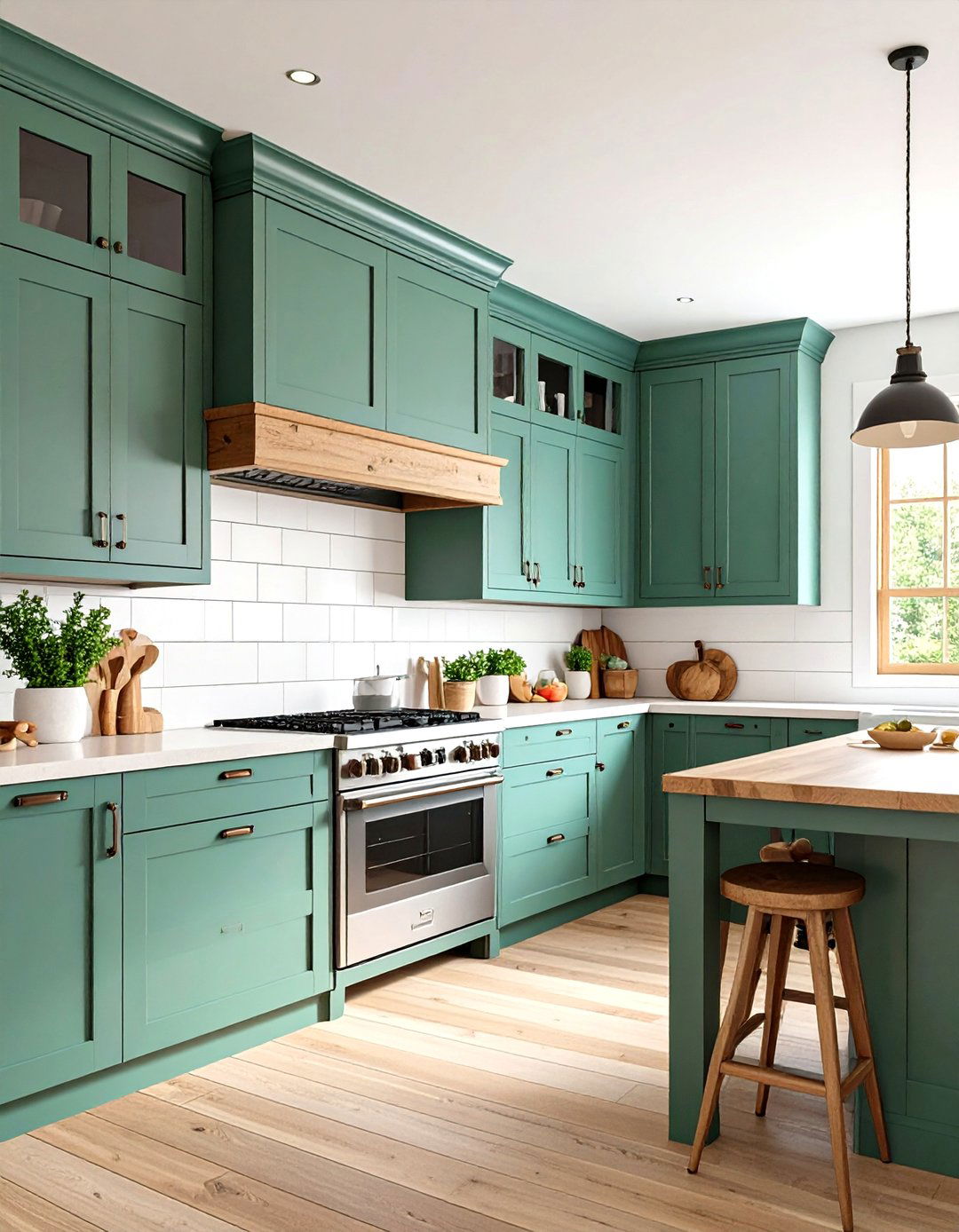
Horizontal shiplap rustic wainscoting creates clean, flowing lines that make rooms appear wider while maintaining authentic farmhouse appeal. The characteristic rabbet joints between boards produce subtle shadow lines that add depth and visual texture to walls. This design works exceptionally well in smaller spaces where the horizontal orientation helps create an illusion of expanded square footage. The planks can be finished in natural wood tones, painted in classic barn colors, or treated with weathering stains that mimic decades of exposure. When paired with modern fixtures and furnishings, horizontal shiplap bridges the gap between rustic tradition and contemporary living, creating spaces that feel both timeless and current.
4. Board and Batten Rustic Wainscoting
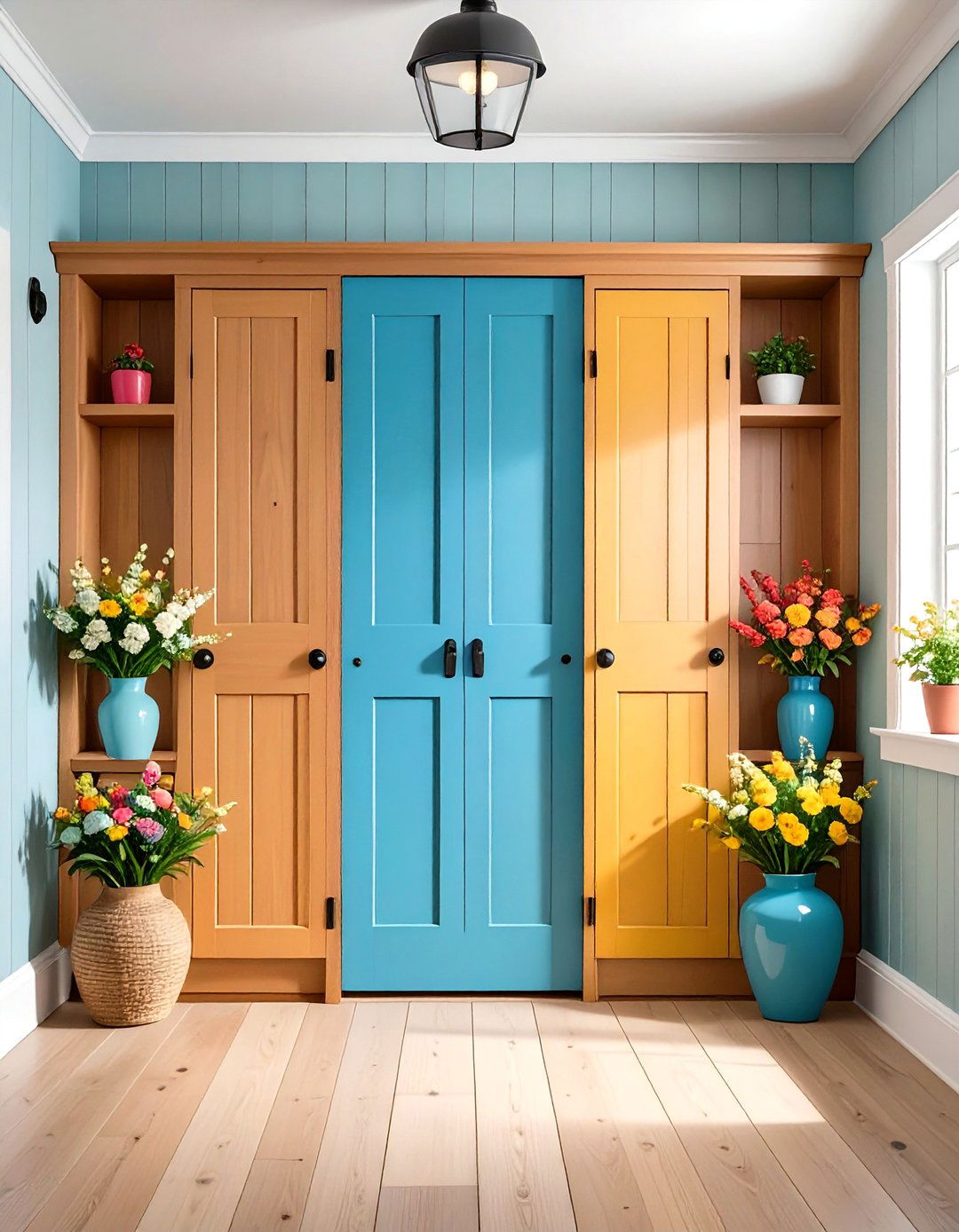
Board and batten rustic wainscoting features wide vertical boards separated by narrow wooden strips called battens, creating strong geometric patterns that add architectural drama to any space. This traditional barn construction technique translates beautifully to interior applications, offering protection and style. The vertical orientation draws the eye upward, making ceilings appear higher while the pronounced shadow lines create depth and visual interest. Natural wood finishes showcase the grain patterns and knots that celebrate the material's organic origins, while painted versions in muted earth tones or classic white provide versatility for various design schemes. This robust style works particularly well in entryways, mudrooms, and high-traffic areas requiring durable wall protection.
5. Corrugated Metal Rustic Wainscoting
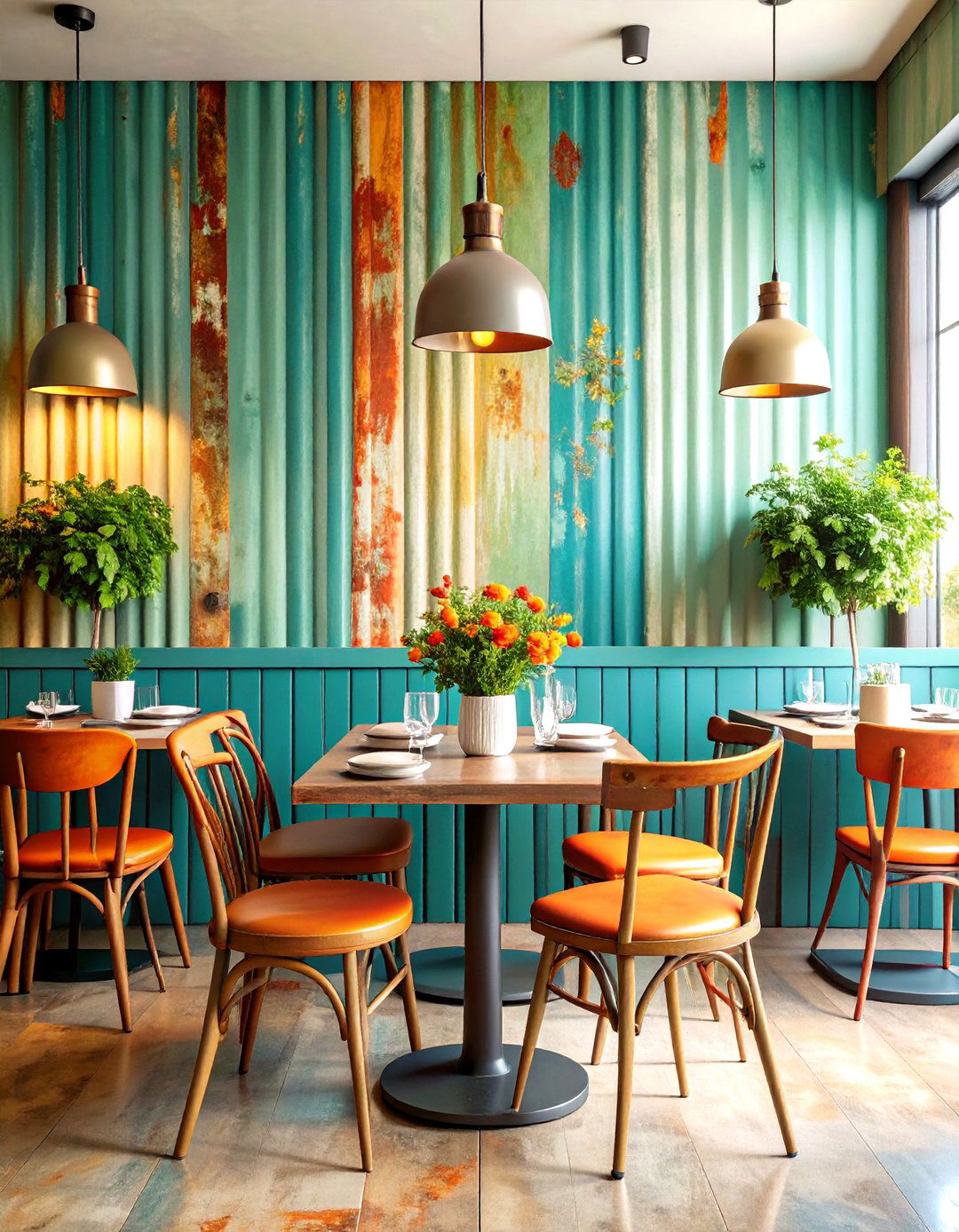
Corrugated metal rustic wainscoting brings industrial farmhouse character to modern interiors with its distinctive ridged texture and authentic weathered patina. Reclaimed barn tin panels showcase natural rust patterns, scratches, and color variations that develop over decades of exposure to the elements. This unique material choice creates striking contrasts when paired with warm wood elements, exposed brick, or painted drywall surfaces. The metal's durability makes it ideal for commercial spaces, restaurant interiors, or residential areas where easy maintenance is crucial. Installation involves securing panels with appropriate fasteners while maintaining the authentic appearance of original barn construction, creating spaces that celebrate both agricultural heritage and contemporary design sensibilities.
6. Mixed-Width Plank Rustic Wainscoting
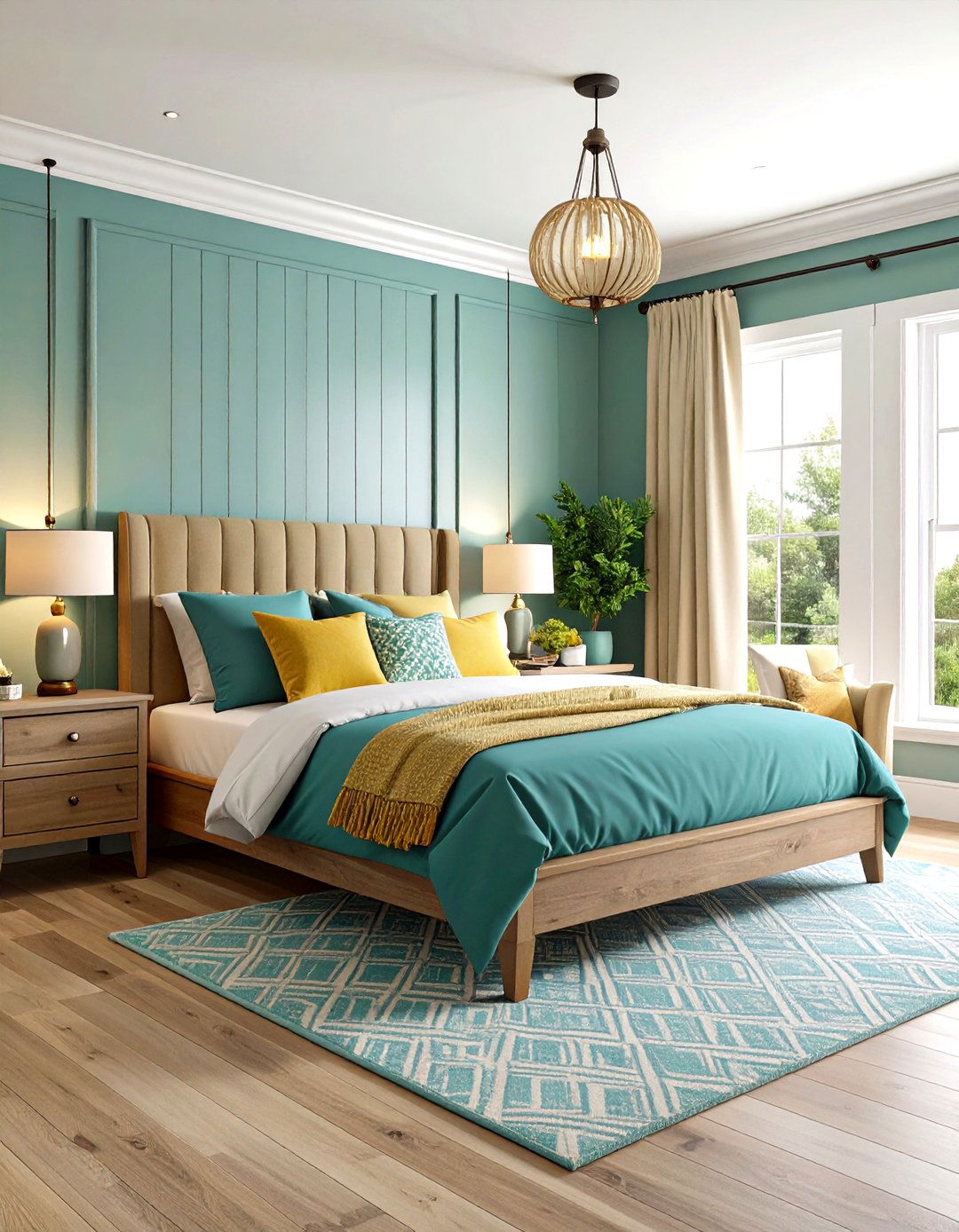
Mixed-width plank rustic wainscoting combines boards of varying dimensions to create dynamic, organic-looking installations that avoid the repetitive patterns of uniform materials. This design approach mimics the practical construction methods of historic barns and cabins where builders used whatever lumber was available. Typical combinations include three-inch, five-inch, and seven-inch boards arranged in pleasing random patterns that maintain visual balance while appearing naturally evolved. The varied widths create interesting rhythm and movement across wall surfaces, enhanced by the natural color variations and grain patterns found in reclaimed wood. This versatile approach works beautifully in living rooms, bedrooms, or any space where authentic character takes precedence over formal symmetry.
7. Two-Tone Rustic Wainscoting Design

Two-tone rustic wainscoting creates sophisticated visual interest by contrasting darker lower panels with lighter upper wall sections, establishing clear architectural boundaries while maintaining cohesive design flow. The lower wainscoting typically features rich earth tones like deep charcoal, warm brown, or forest green that disguise scuffs and wear, while the upper walls showcase lighter complementary shades that brighten the space. This color strategy makes rooms feel larger and more dynamic while the tonal contrast highlights the wainscoting's architectural details. Popular combinations include weathered gray panels with cream walls, or chocolate brown wainscoting beneath soft sage green surfaces, creating balanced schemes that feel both grounded and airy throughout various lighting conditions.
8. Tongue and Groove Rustic Wainscoting
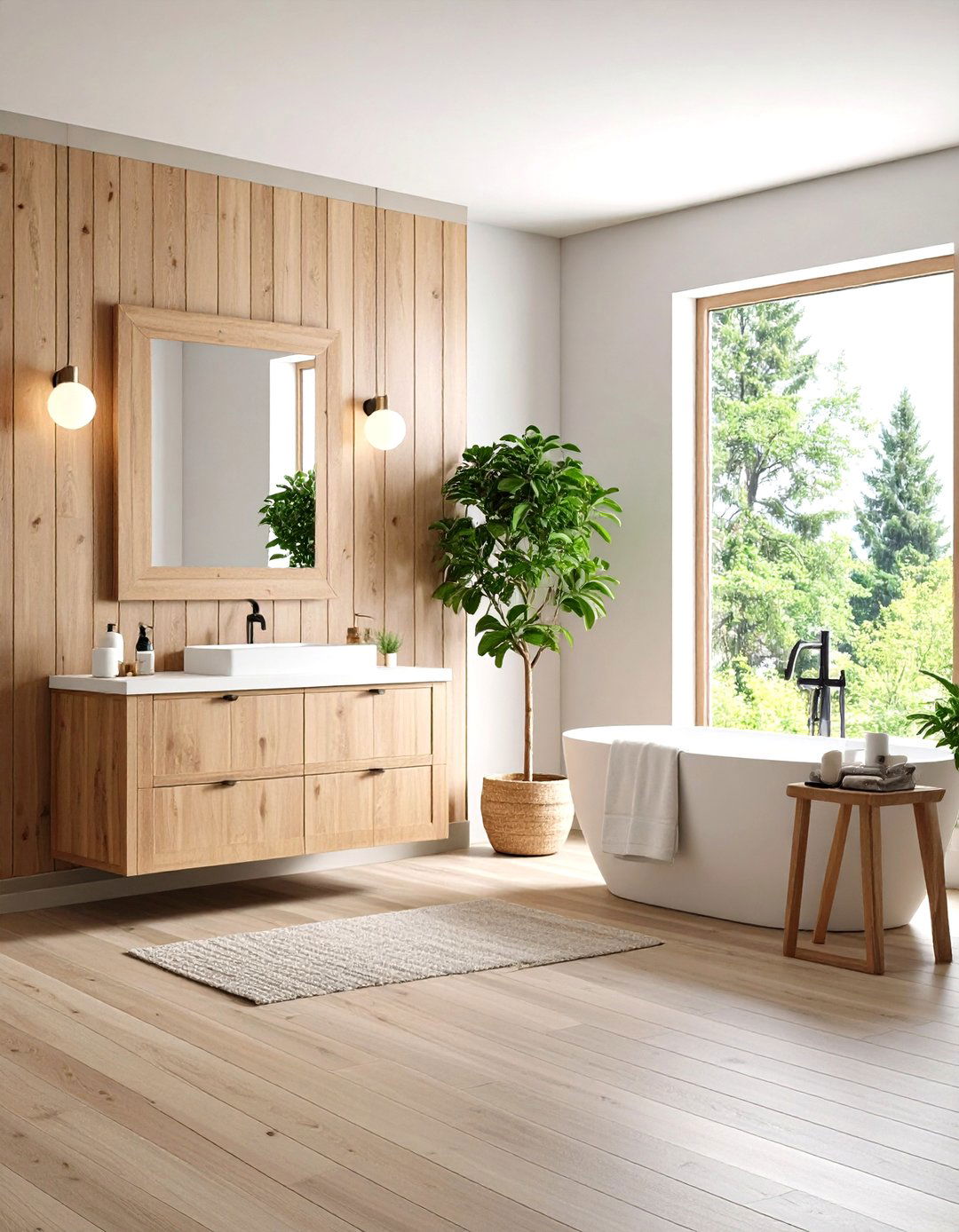
Tongue and groove rustic wainscoting features interlocking vertical planks that create seamless, continuous surfaces with subtle linear textures. Each board includes a protruding tongue on one edge and a corresponding groove on the opposite side, allowing for tight fits that expand and contract naturally with seasonal changes. This traditional construction method produces clean, uniform appearances while maintaining the character of natural wood grain patterns and color variations. The vertical orientation creates height illusions in shorter rooms while the tight joints prevent moisture infiltration and provide excellent wall protection. Popular finishes include natural oils that enhance grain patterns, weathered stains that simulate aging, or painted treatments in classic country colors.
9. V-Groove Rustic Wainscoting Panels
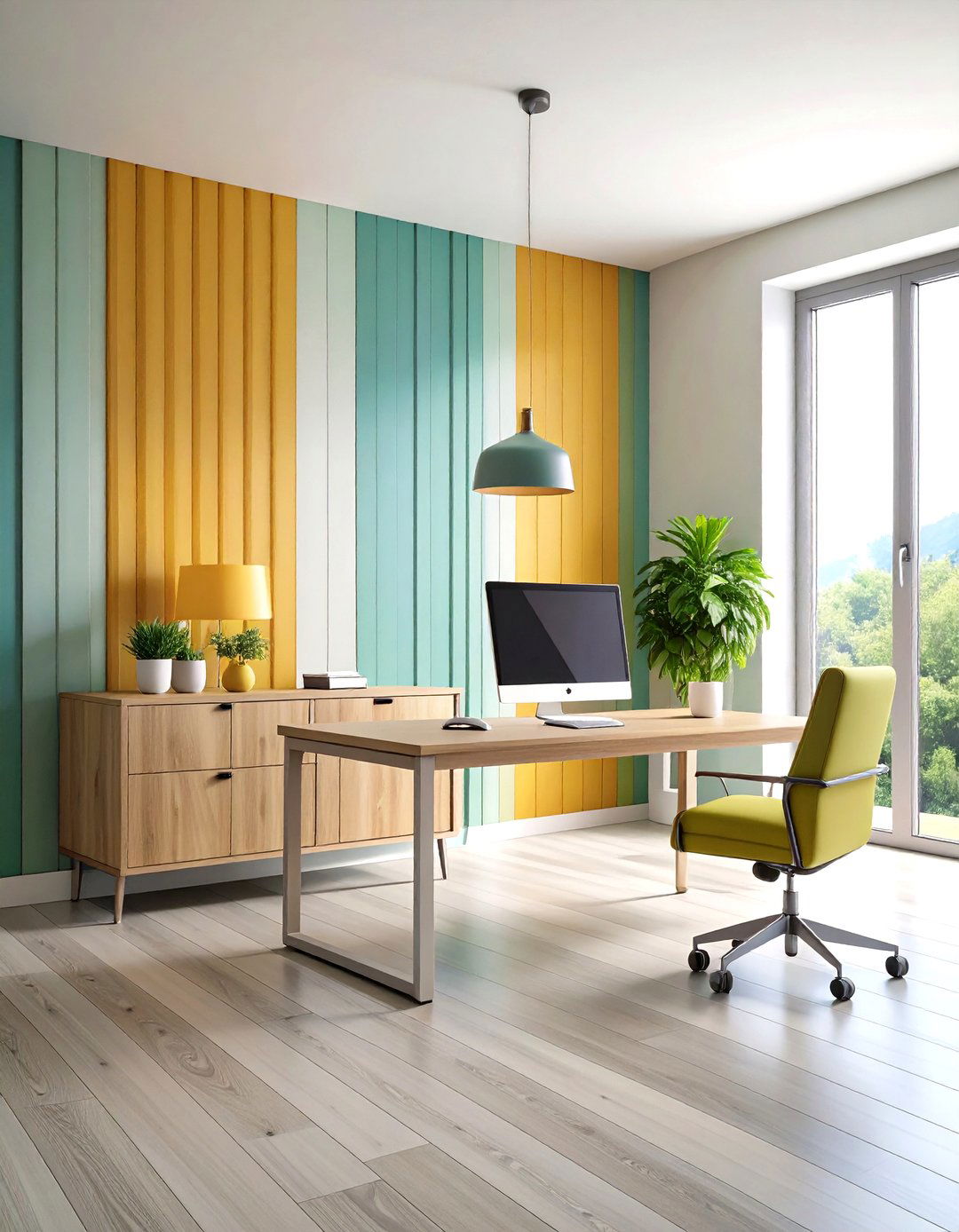
V-groove rustic wainscoting panels feature distinctive beveled edges that create pronounced valley-like joints between boards, producing bold shadow lines and dramatic texture effects. This design offers more geometric precision than traditional beadboard while maintaining rustic authenticity through material choices and finish treatments. The V-shaped grooves can be subtle for sophisticated applications or deep for more dramatic effects, depending on the desired visual impact. Installation involves careful attention to alignment and spacing to ensure consistent groove patterns across entire installations. When finished with weathered stains or distressed paint techniques, V-groove panels combine crisp architectural lines with aged character, creating spaces that feel both structured and organically developed over time.
10. Beadboard Rustic Wainscoting with Natural Finish
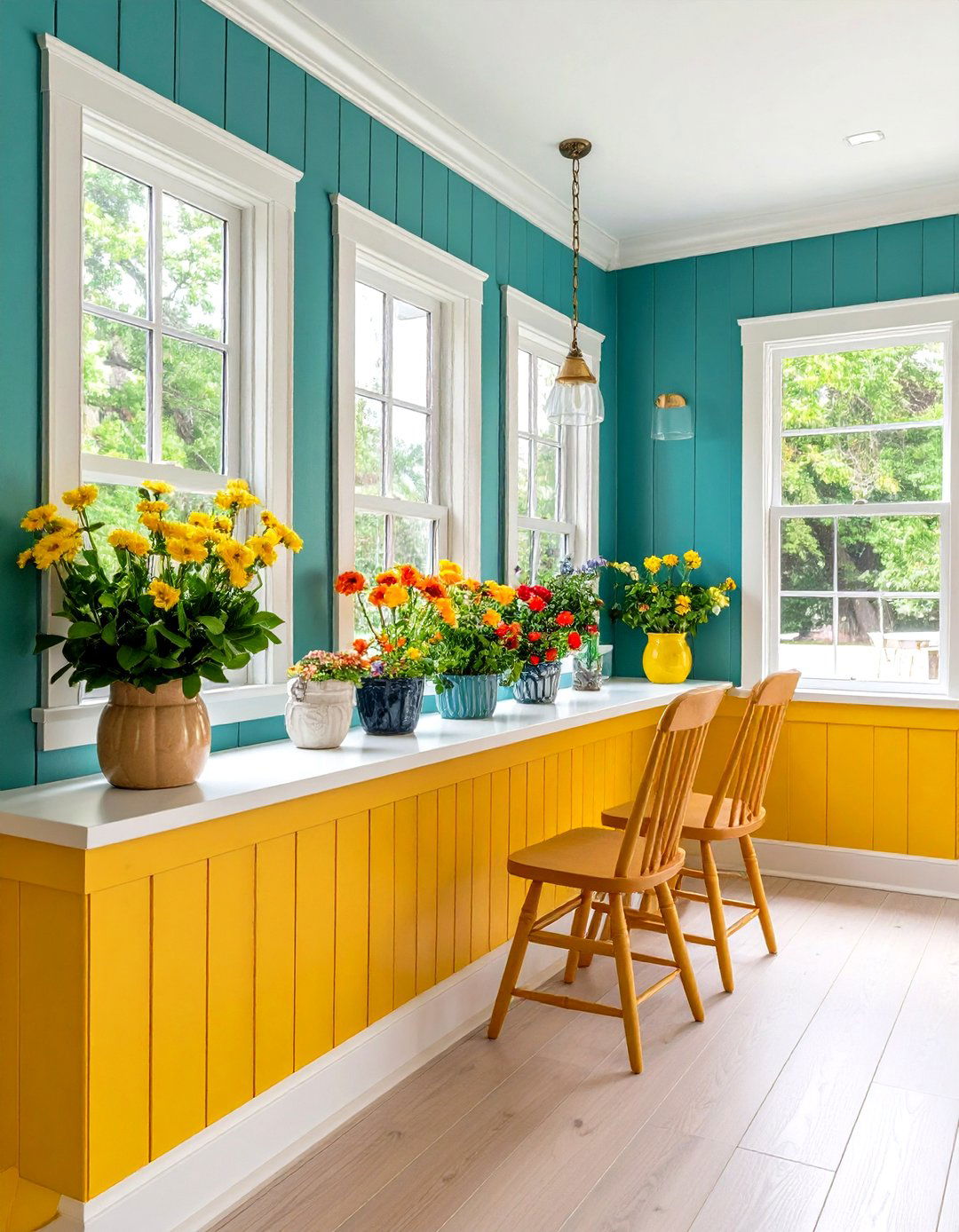
Beadboard rustic wainscoting with natural finishes celebrates the inherent beauty of wood grain through clear protective coatings that enhance rather than conceal the material's organic characteristics. This approach showcases knots, grain patterns, and color variations that make each installation unique while providing necessary protection against moisture and wear. The vertical beaded grooves create subtle texture and visual interest without overwhelming smaller spaces, making this style particularly suitable for bathrooms, breakfast nooks, or cozy reading areas. Natural finishes require periodic maintenance but reward homeowners with surfaces that develop beautiful patina over time, deepening in color and character while maintaining their protective properties and authentic appeal.
11. Weathered Gray Rustic Wainscoting

Weathered gray rustic wainscoting captures the sophisticated beauty of driftwood and aged barn siding through carefully applied finishing techniques that simulate decades of natural weathering. This popular color choice works beautifully in coastal, farmhouse, or contemporary settings, providing neutral backgrounds that complement virtually any color scheme. The gray tones can range from soft silver-gray reminiscent of beach houses to deeper charcoal grays that evoke historic barns. Application methods include specialized weathering stains, layered paint techniques, or actual reclaimed materials that have naturally achieved these coveted tones. This versatile finish pairs beautifully with white trim, natural wood accents, or bold accent colors while maintaining its sophisticated, timeless appeal.
12. Raised Panel Rustic Wainscoting
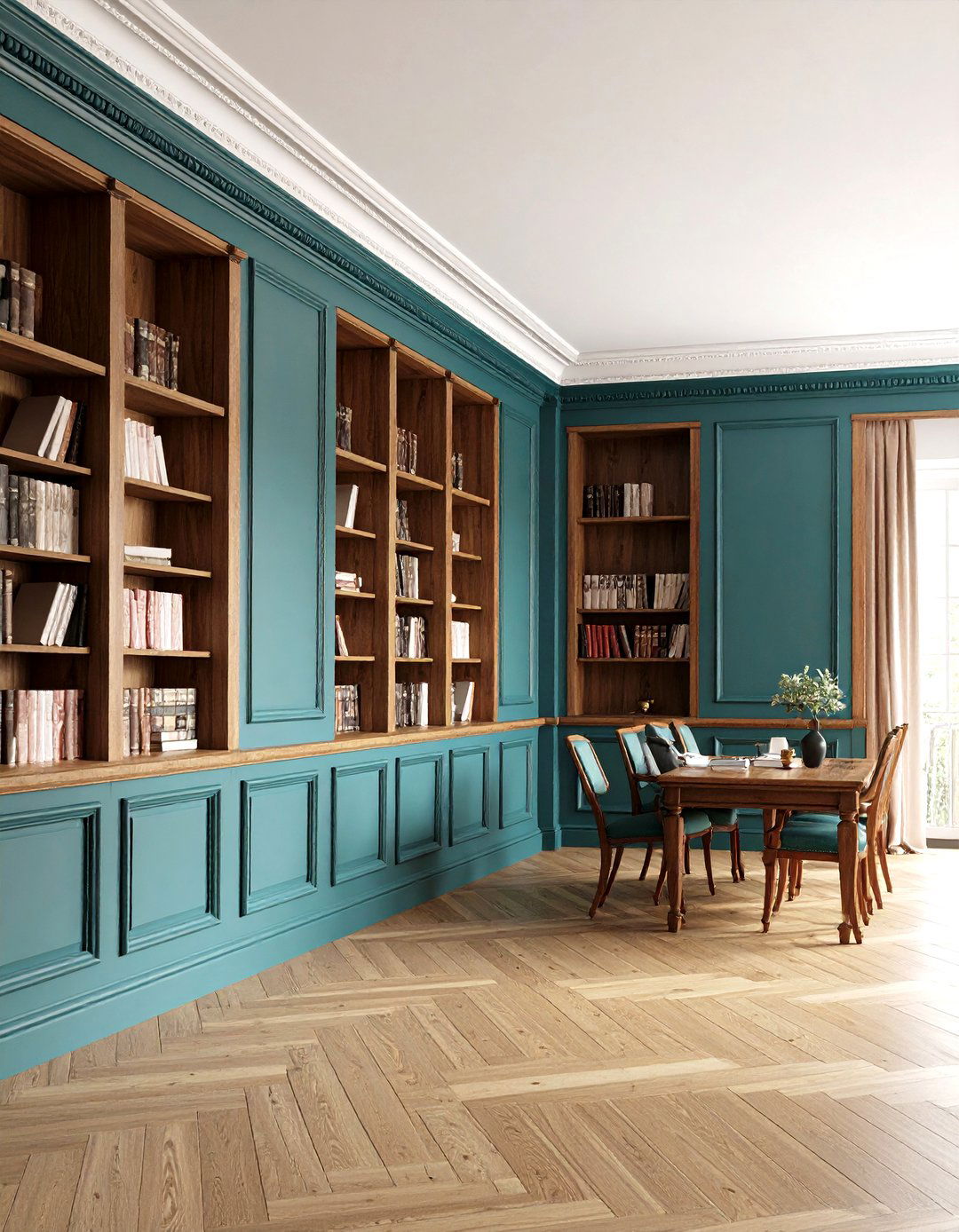
Raised panel rustic wainscoting combines traditional craftsmanship with country character through dimensional panels that create elegant picture-frame effects along wall surfaces. Each panel features a raised center section surrounded by molded frames, producing sophisticated architectural details that elevate rustic design beyond simple planking approaches. The dimensional elements create interesting play of light and shadow while the rustic finish treatments prevent the formality often associated with traditional raised panels. Popular applications include dining rooms, libraries, or living areas where architectural gravitas is desired alongside comfortable, approachable atmospheres. Finish options range from natural wood treatments that highlight grain patterns to painted surfaces in warm, muted tones that complement country furnishings.
13. Rustic Wainscoting with Stone Accents
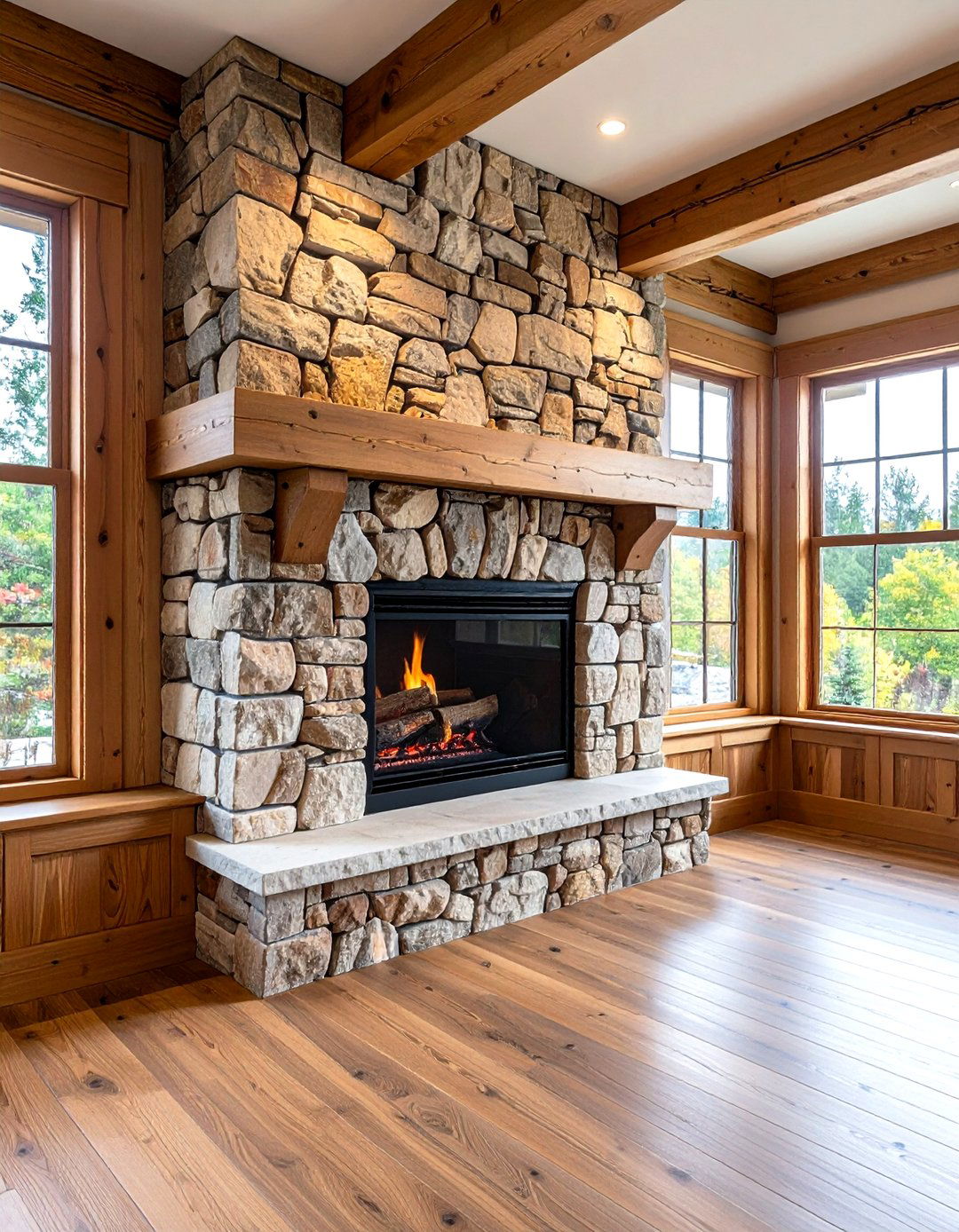
Rustic wainscoting with stone accents combines multiple natural materials to create rich, textured wall treatments that celebrate organic beauty and authentic craftsmanship. This design approach integrates wooden panels with natural stone elements like fieldstone, river rock, or reclaimed brick, creating dynamic surfaces that tell stories of rural architecture and traditional building methods. The contrasting textures and colors create visual interest while maintaining harmony through shared natural origins. Popular applications include fireplace surrounds, accent walls, or entryway features where the combination of materials creates dramatic focal points. Installation requires careful planning to ensure proper support for heavier stone elements while maintaining the rustic character that makes these combinations so appealing.
14. Pallet Wood Rustic Wainscoting
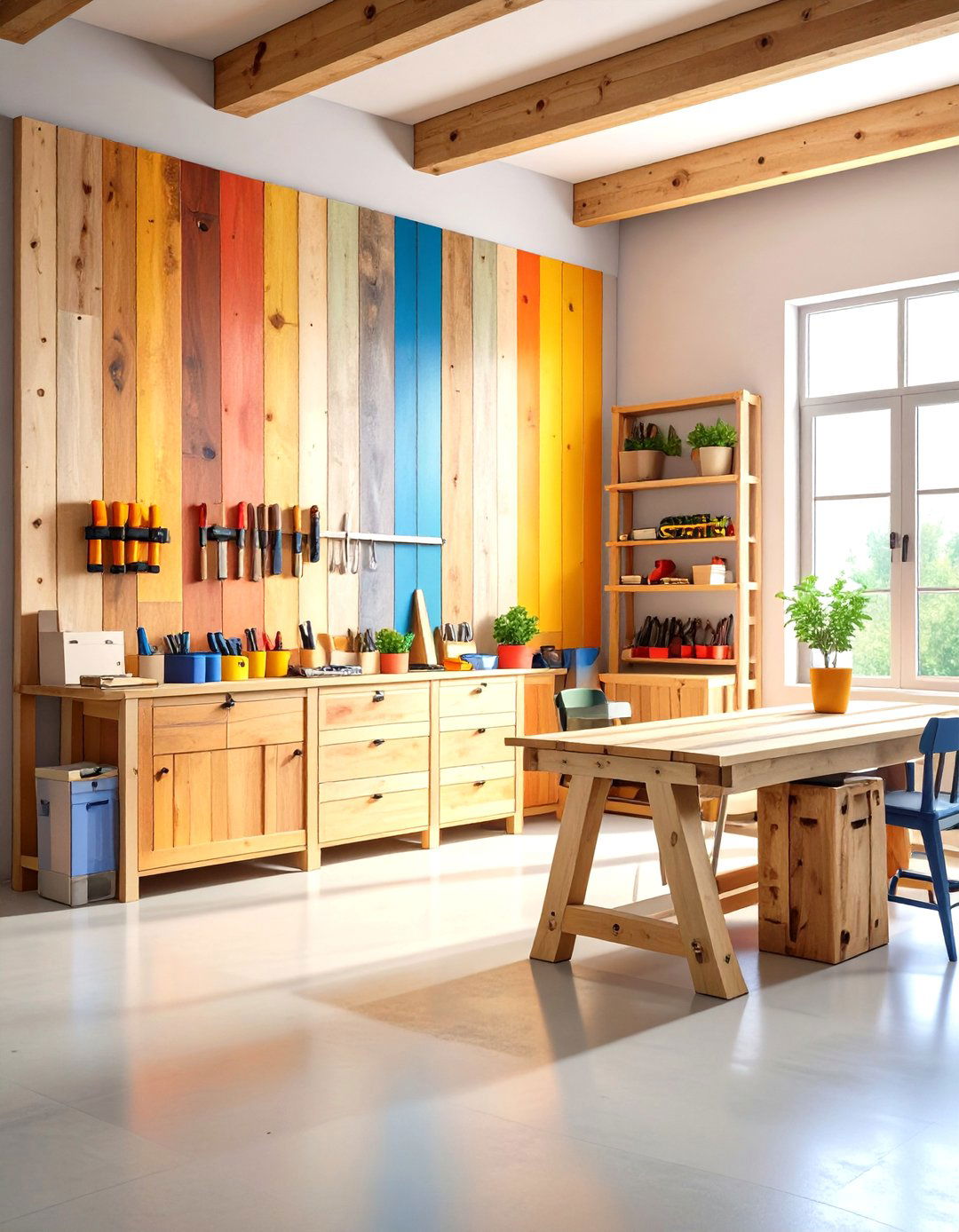
Pallet wood rustic wainscoting offers budget-friendly approaches to achieving authentic weathered character through repurposed shipping materials that bring industrial history into residential spaces. Carefully dismantled pallets provide varied wood species, weathering patterns, and aging characteristics that create truly unique installations with minimal environmental impact. The irregular dimensions and surface textures tell stories of commercial use while the varied colors and grain patterns prevent monotonous appearances. This sustainable approach appeals to environmentally conscious homeowners while delivering significant cost savings compared to purchased reclaimed materials. Proper preparation includes removing nails, sanding rough surfaces, and applying appropriate finishes to ensure safe, attractive installations that maintain authentic character while meeting residential standards.
15. Herringbone Pattern Rustic Wainscoting
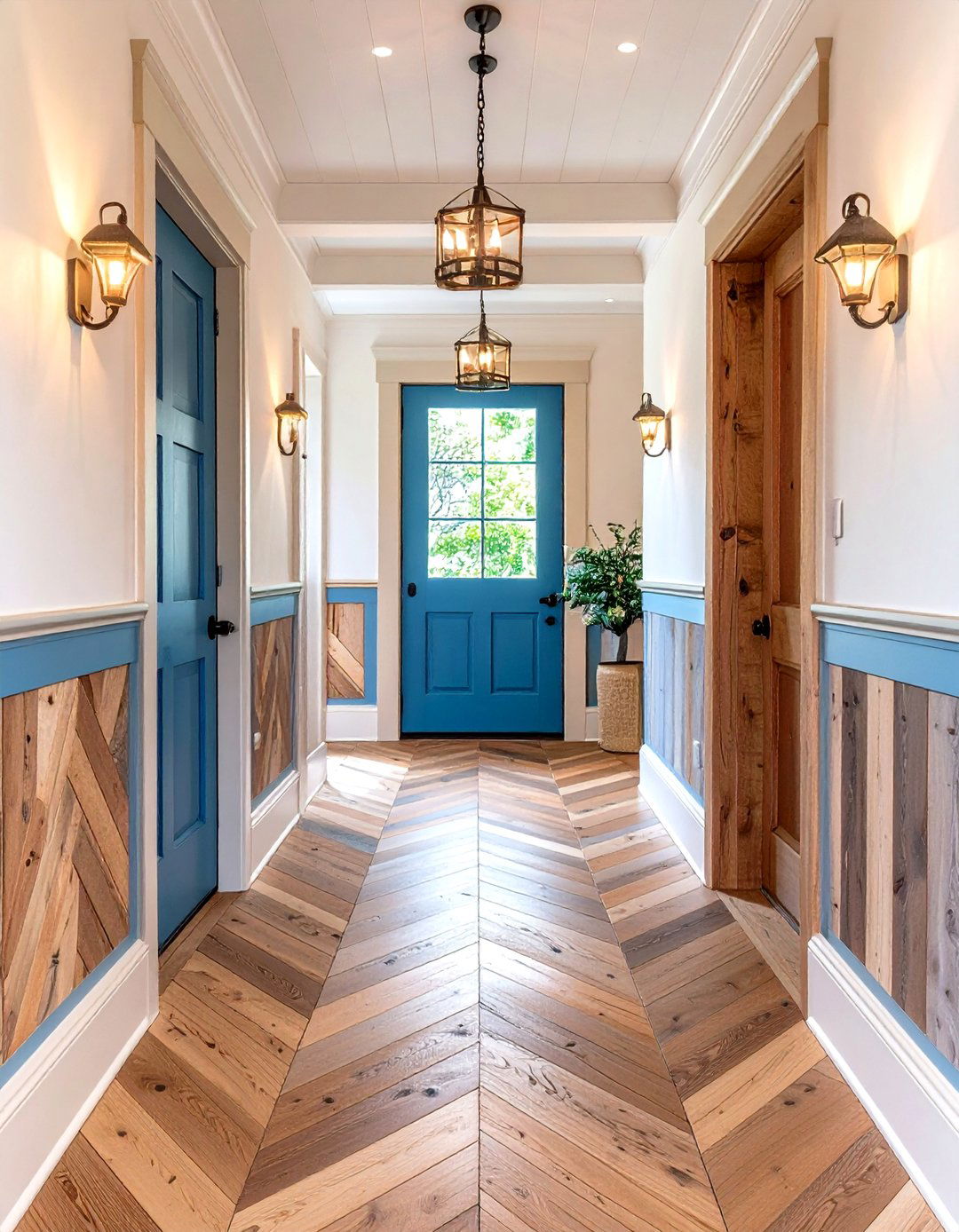
Herringbone pattern rustic wainscoting arranges wooden planks in sophisticated zigzag patterns that create dynamic visual movement while maintaining rustic authenticity through material choices and finish treatments. This geometric approach transforms traditional wainscoting into striking architectural features that serve as room focal points. The angled installation requires precise measurements and careful planning but rewards skilled installers with truly unique results that blend traditional craftsmanship with contemporary design sensibilities. Reclaimed wood materials enhance the pattern's visual impact through varied grain directions and weathering patterns that emphasize the geometric arrangement. This sophisticated approach works particularly well in modern farmhouse settings where traditional meets contemporary, creating spaces that feel both rooted in history and thoroughly current.
16. Rustic Wainscoting with Built-in Storage
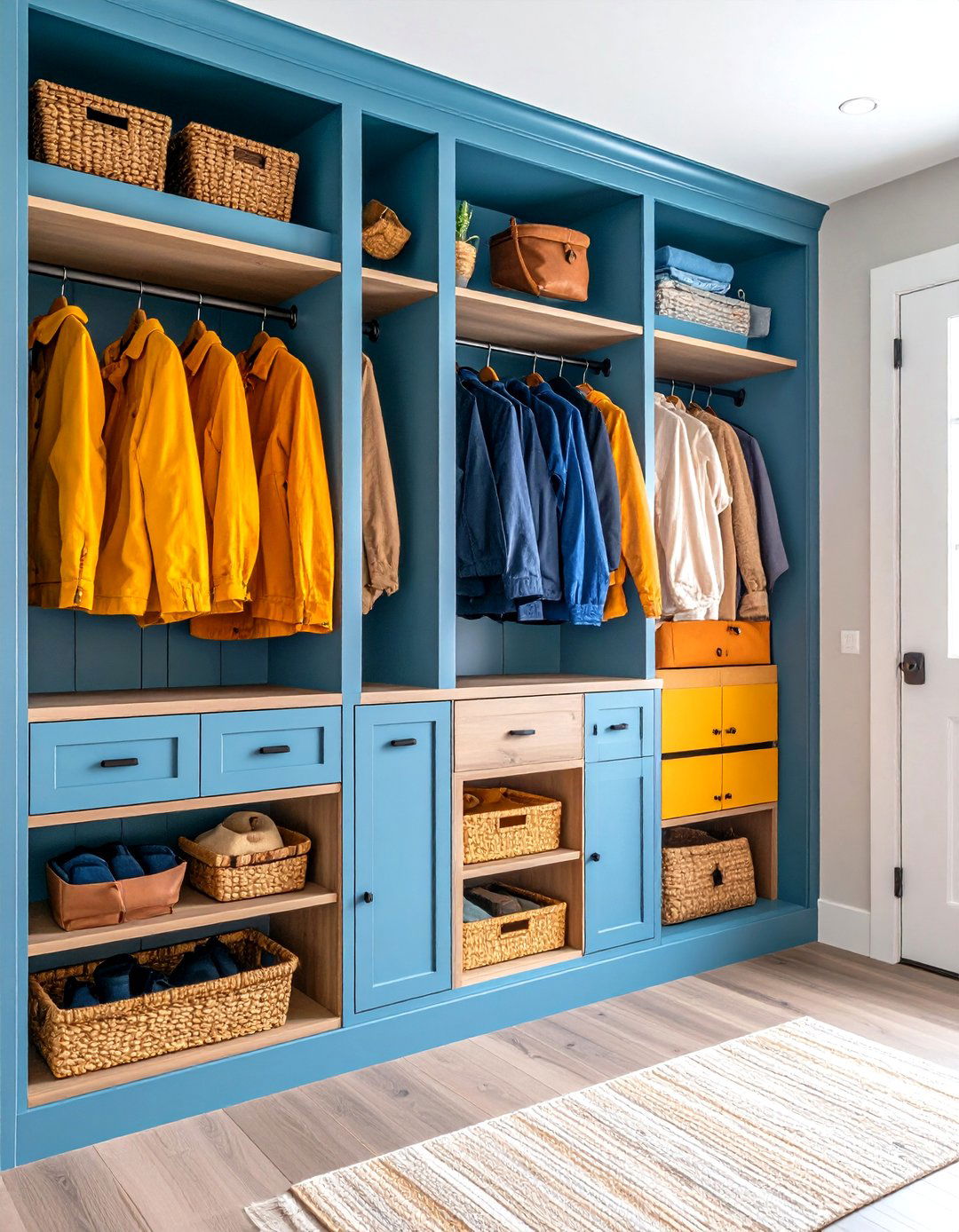
Rustic wainscoting with built-in storage combines aesthetic appeal with practical functionality through integrated shelving, cubbies, or cabinet elements that maximize space utilization while maintaining authentic character. This approach transforms traditional wall treatments into hardworking architectural features that address storage needs without sacrificing style. Popular applications include mudroom installations with coat hooks and shoe storage, kitchen peninsula treatments with spice shelving, or dining room designs incorporating china display areas. The rustic materials and finishes ensure that functional elements blend seamlessly with decorative components, creating cohesive designs that serve multiple purposes. Construction requires careful planning to ensure proper support for stored items while maintaining the visual appeal that makes wainscoting such a popular choice.
17. Rustic Wainscoting with Rope Details
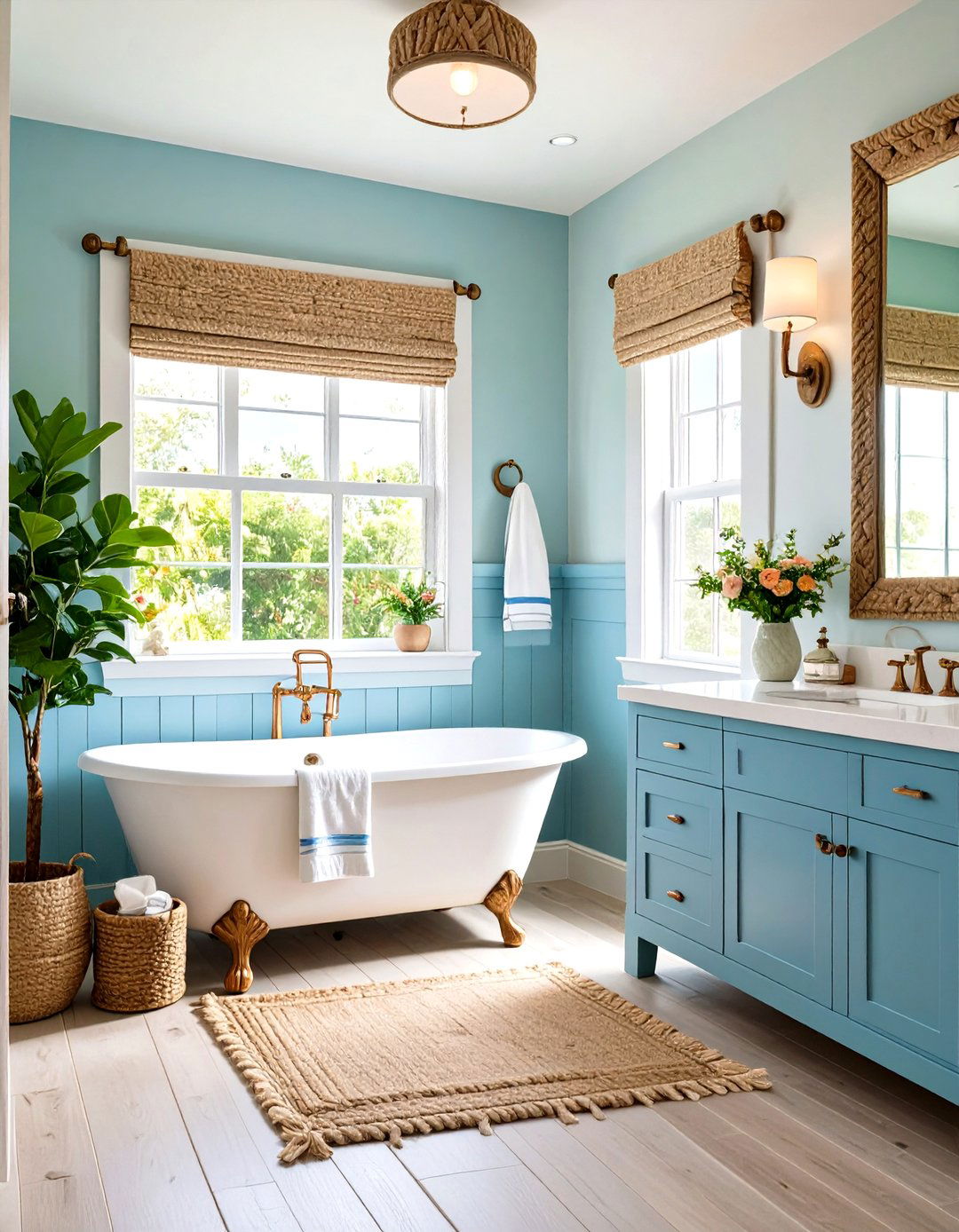
Rustic wainscoting with rope details incorporates nautical or ranch-inspired elements that enhance the natural, handcrafted character through traditional cordage materials and knot-work techniques. Heavy manila rope, jute, or marine-grade synthetic materials can frame panels, create decorative borders, or serve as functional elements like towel bars in bathroom applications. This design approach works particularly well in coastal cottages, western ranch homes, or any space where outdoor activities and natural materials are celebrated. The rope elements add texture and visual interest while reinforcing themes of craftsmanship and traditional skills. Installation involves secure mounting techniques that ensure rope elements remain tight and attractive over time while the natural materials develop attractive patina that enhances their authentic appeal.
18. Distressed Metal and Wood Rustic Wainscoting
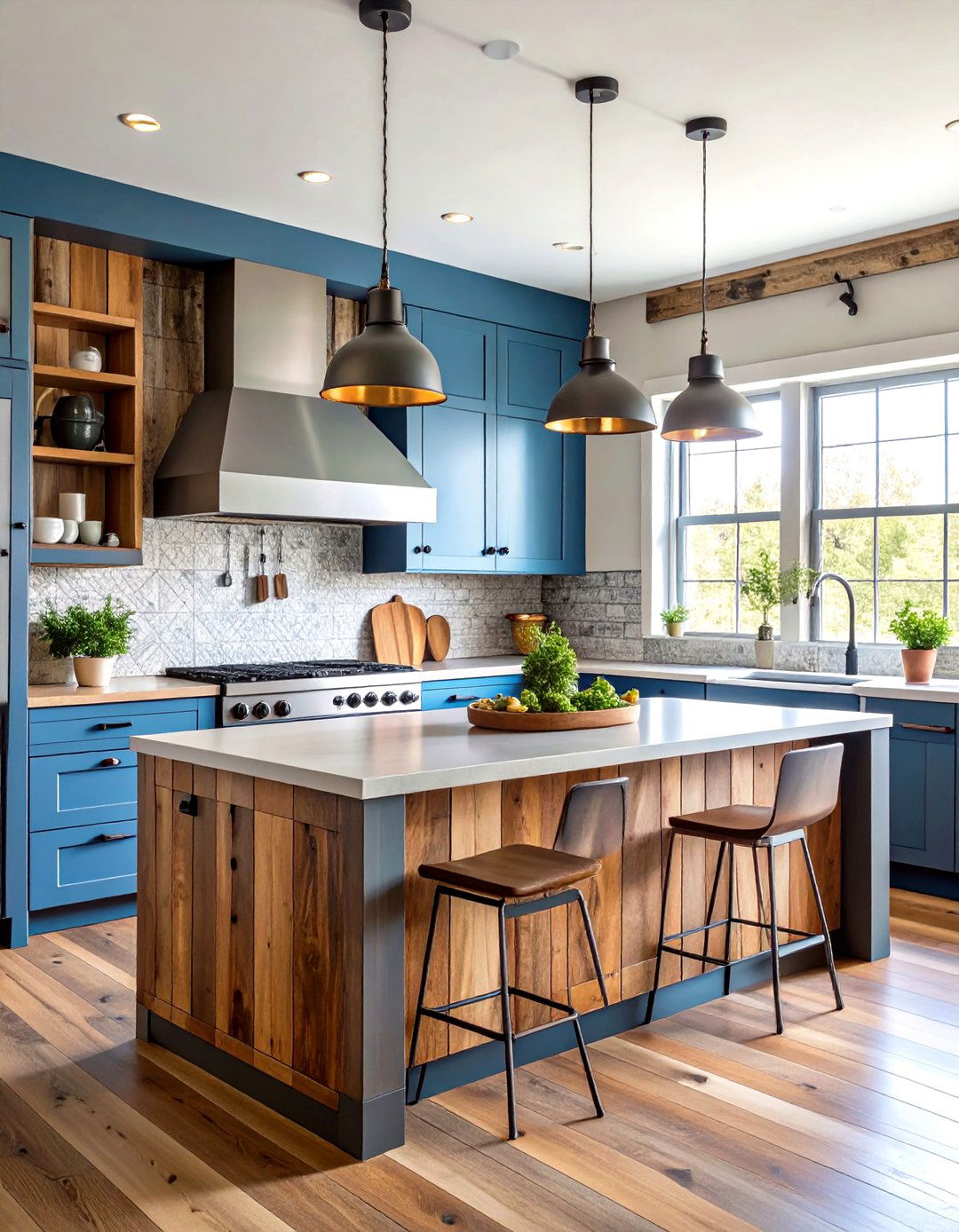
Distressed metal and wood rustic wainscoting combines contrasting materials to create rich, layered installations that celebrate both agricultural and industrial heritage. This approach alternates wooden planks with weathered metal strips, corrugated panels, or distressed sheet materials to produce dynamic surface treatments with varied textures and colors. The metal elements add durability and easy maintenance while the wood provides warmth and natural beauty. Popular metal choices include galvanized steel with natural patina, rusted iron strips, or copper elements that develop distinctive verdegris over time. This combination works particularly well in commercial applications, workshop spaces, or modern farmhouse kitchens where the industrial aesthetic complements rustic design themes while providing practical benefits for high-use areas.
19. Curved Rustic Wainscoting Design
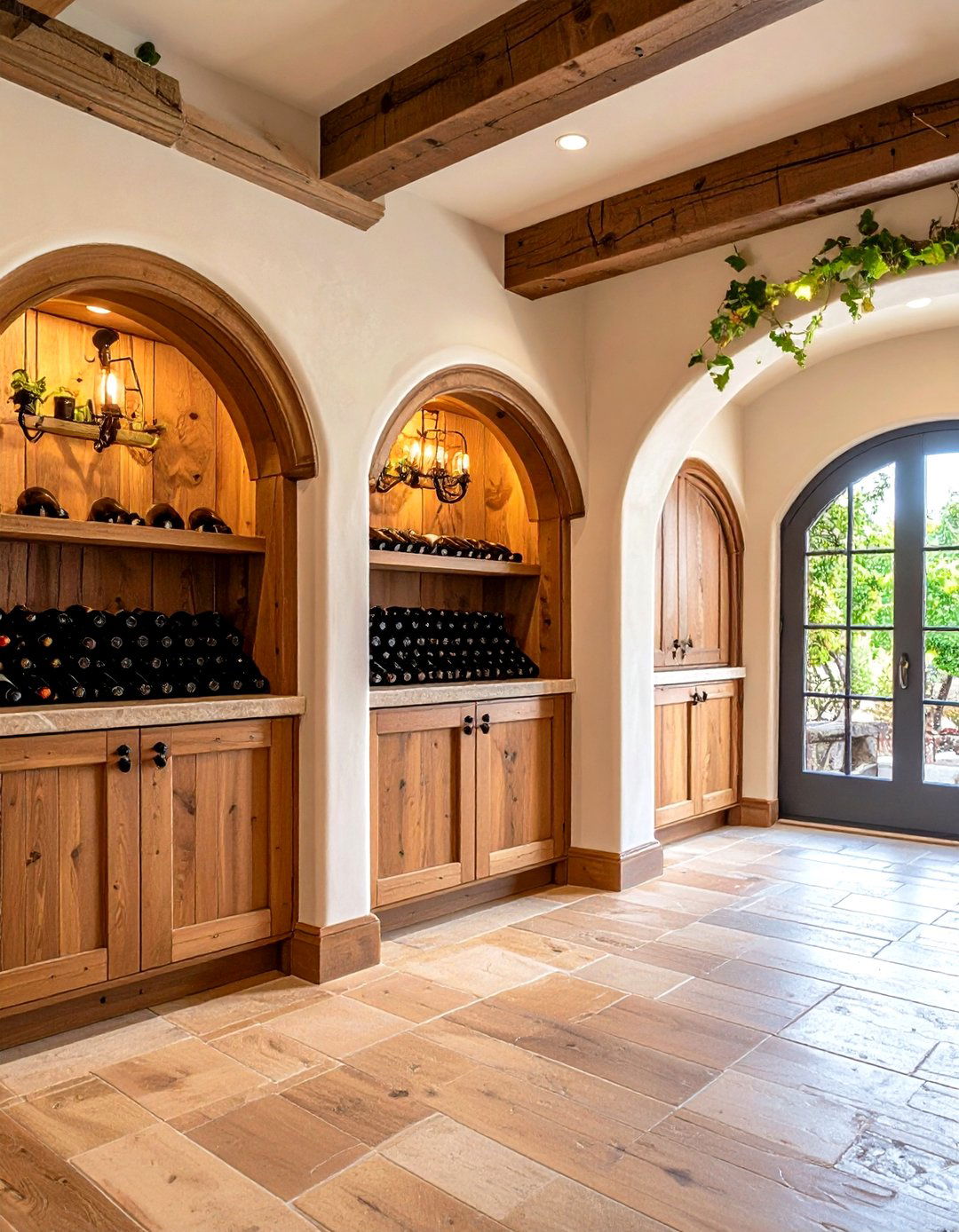
Curved rustic wainscoting design follows architectural elements like arched doorways, rounded corners, or barrel-vaulted ceilings to create flowing installations that maintain traditional character while accommodating complex spatial geometries. This advanced technique requires skilled craftsmanship to bend or shape traditional materials around curves while maintaining consistent spacing, joint quality, and finish appearance. Popular applications include wine cellars with curved walls, stairway installations following curved routes, or dining areas with rounded bay windows. The organic flowing lines contrast beautifully with the geometric patterns typical of traditional wainscoting, creating sophisticated installations that demonstrate exceptional craftsmanship while maintaining the authentic character that makes rustic materials so appealing in contemporary settings.
20. Rustic Wainscoting with Integrated Lighting
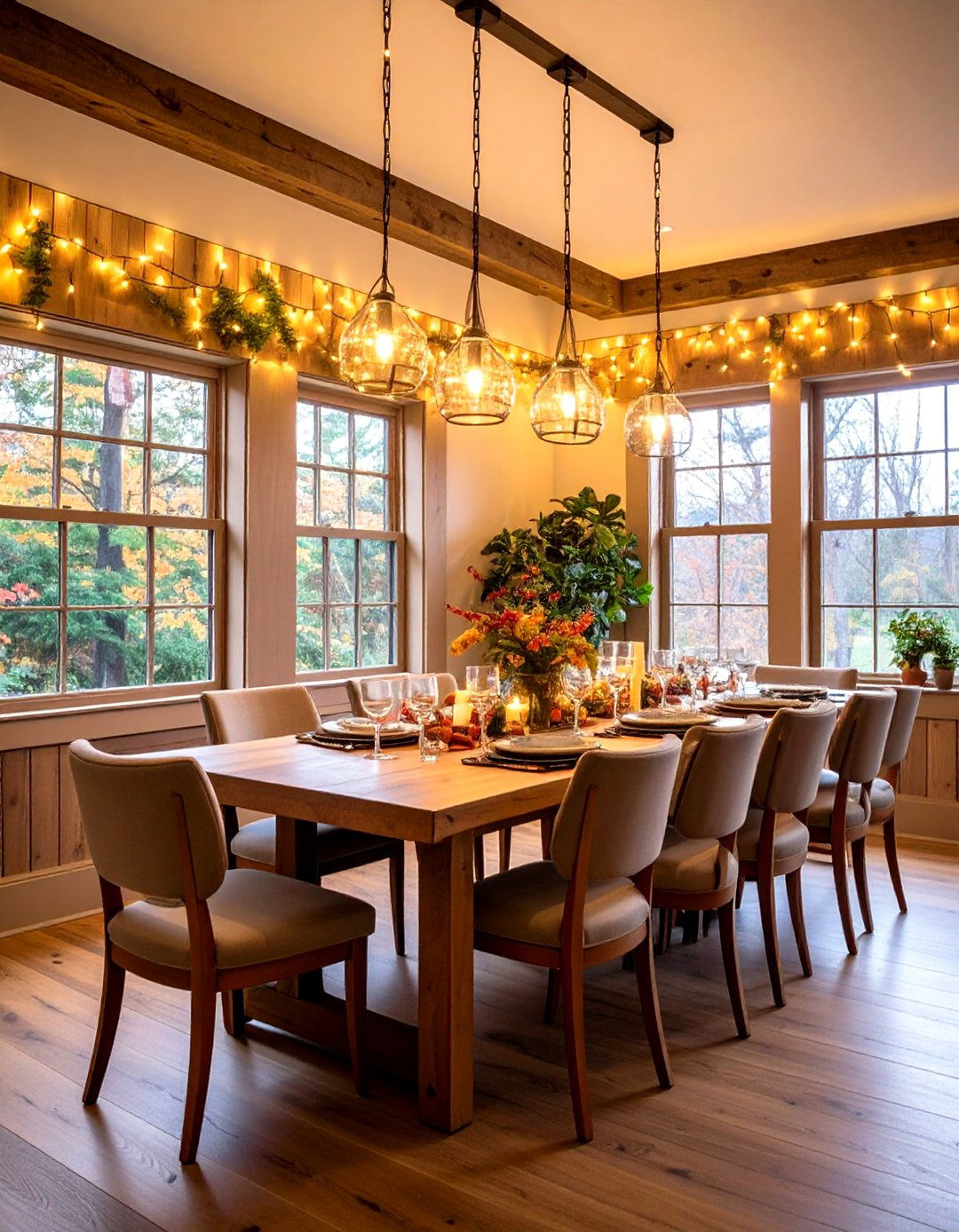
Rustic wainscoting with integrated lighting combines traditional wall treatments with contemporary illumination systems to create dramatic architectural features that provide both ambient and task lighting. This sophisticated approach incorporates LED strip lighting, recessed fixtures, or period-appropriate sconces into wainscoting installations, highlighting textures and creating evening ambiance. The lighting elements can emphasize the natural beauty of wood grain, create dramatic shadow play along raised panels, or provide practical illumination for specific tasks. Popular applications include dining room installations with integrated display lighting, bathroom designs with vanity illumination, or hallway treatments that provide safe navigation lighting. The combination of traditional materials with modern lighting technology creates installations that honor historical precedent while meeting contemporary functional requirements.
Conclusion:
Rustic wainscoting offers unlimited possibilities for transforming ordinary walls into extraordinary architectural features that celebrate natural materials, traditional craftsmanship, and authentic character. From reclaimed barn wood that tells agricultural stories to innovative combinations of wood and metal that bridge rustic and industrial aesthetics, these versatile wall treatments adapt beautifully to various design styles and functional requirements. Whether you choose simple beadboard installations or complex curved designs with integrated lighting, rustic wainscoting creates lasting value through its combination of practical protection and timeless visual appeal that continues to evolve with changing tastes while maintaining its fundamental charm.


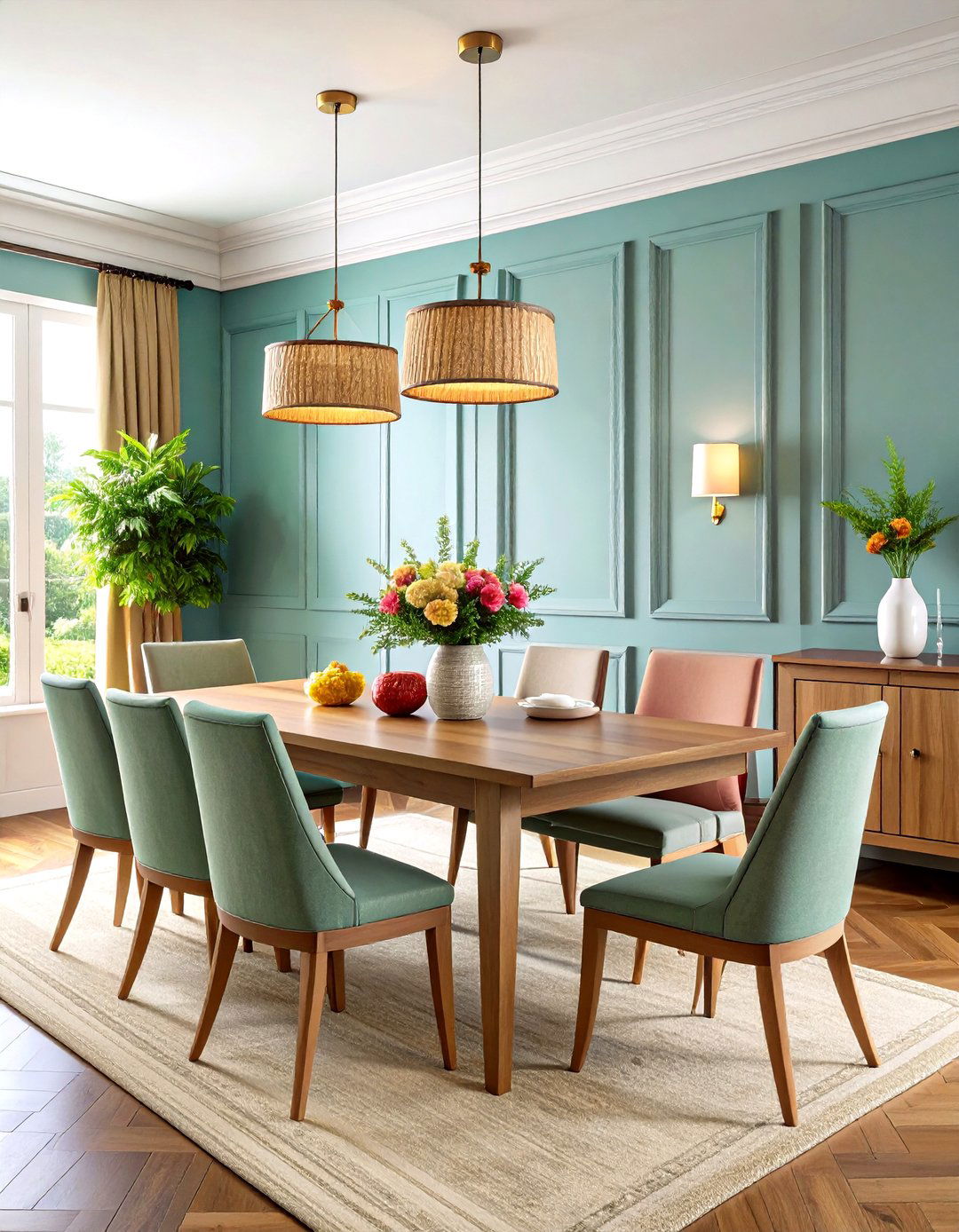
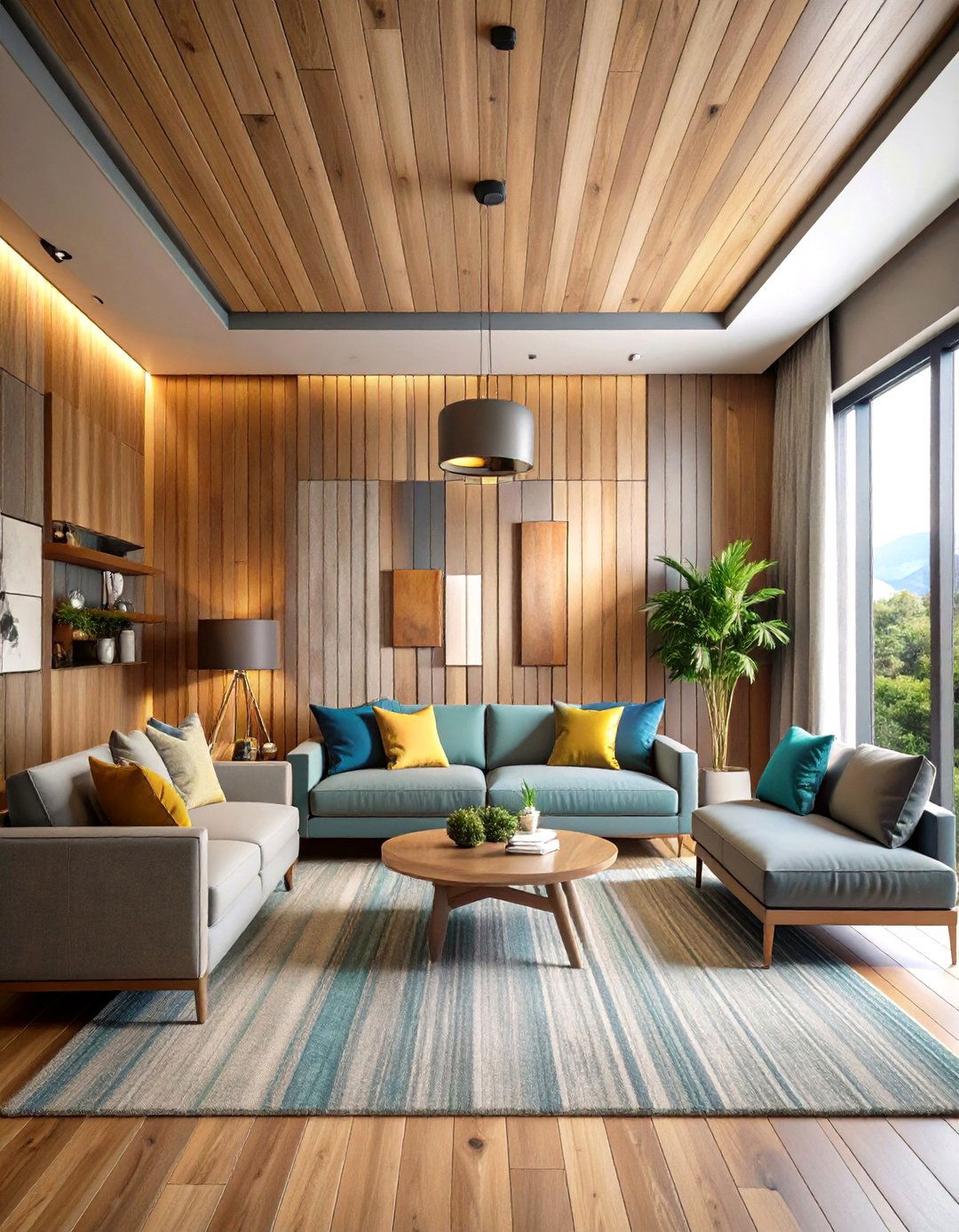

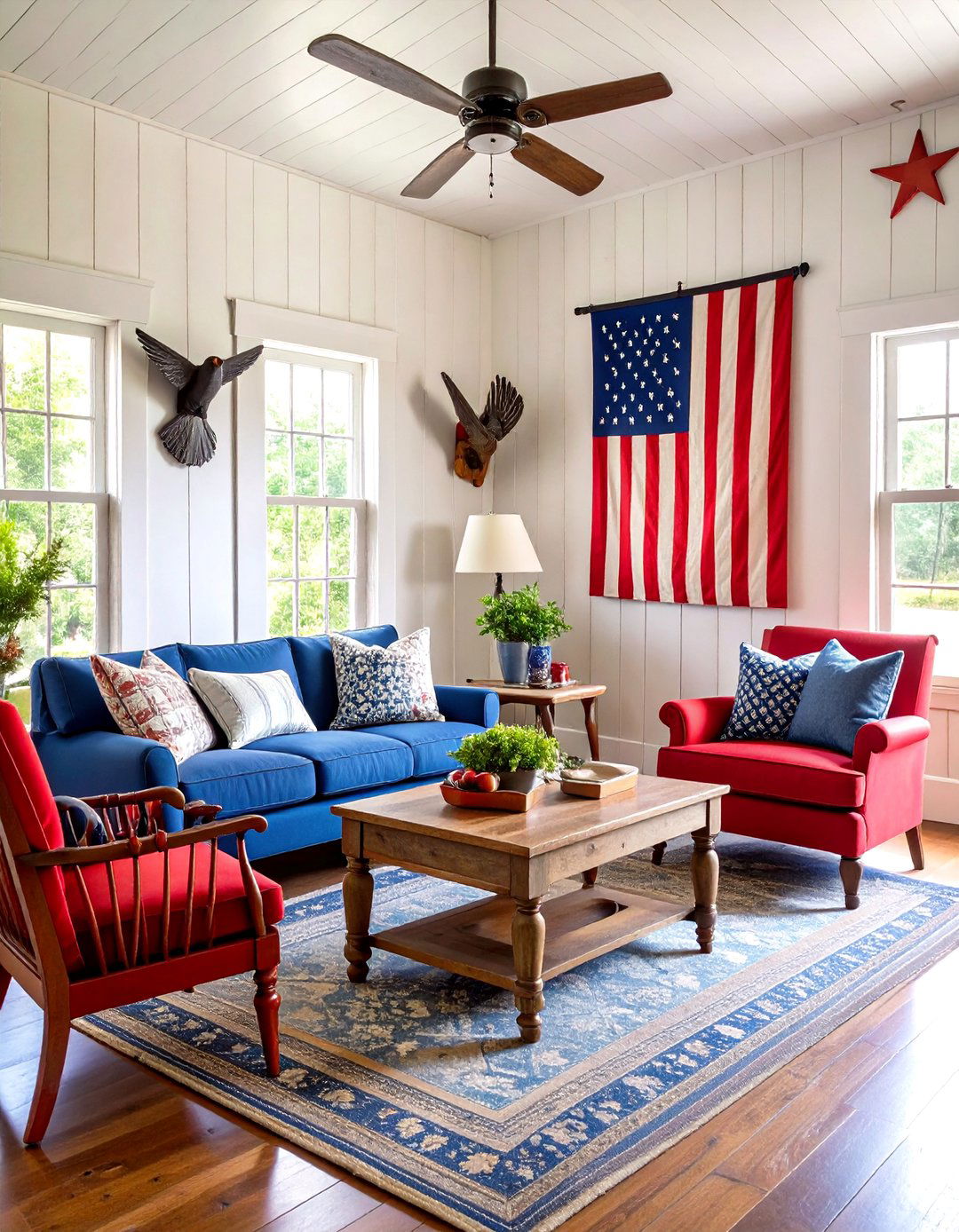
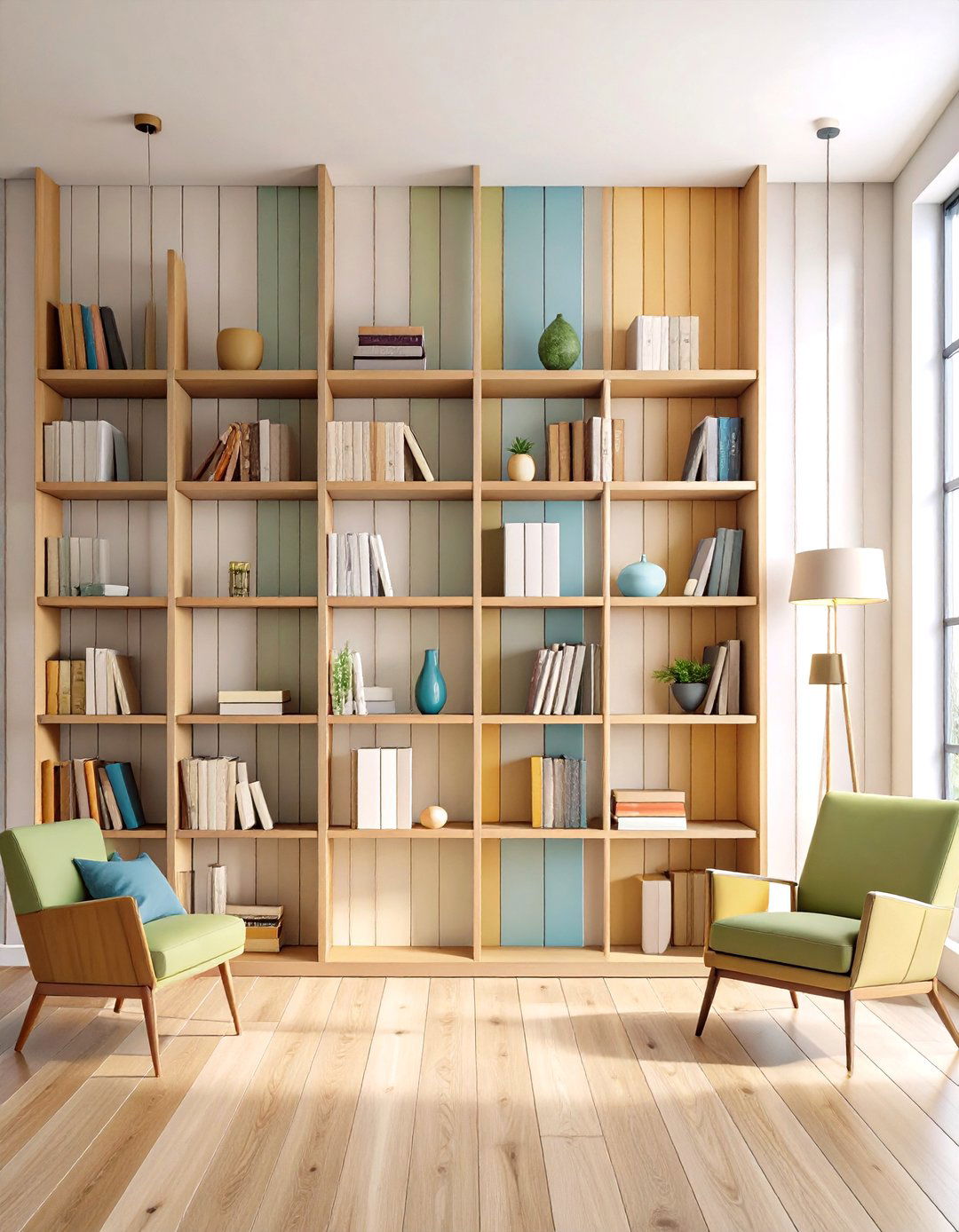

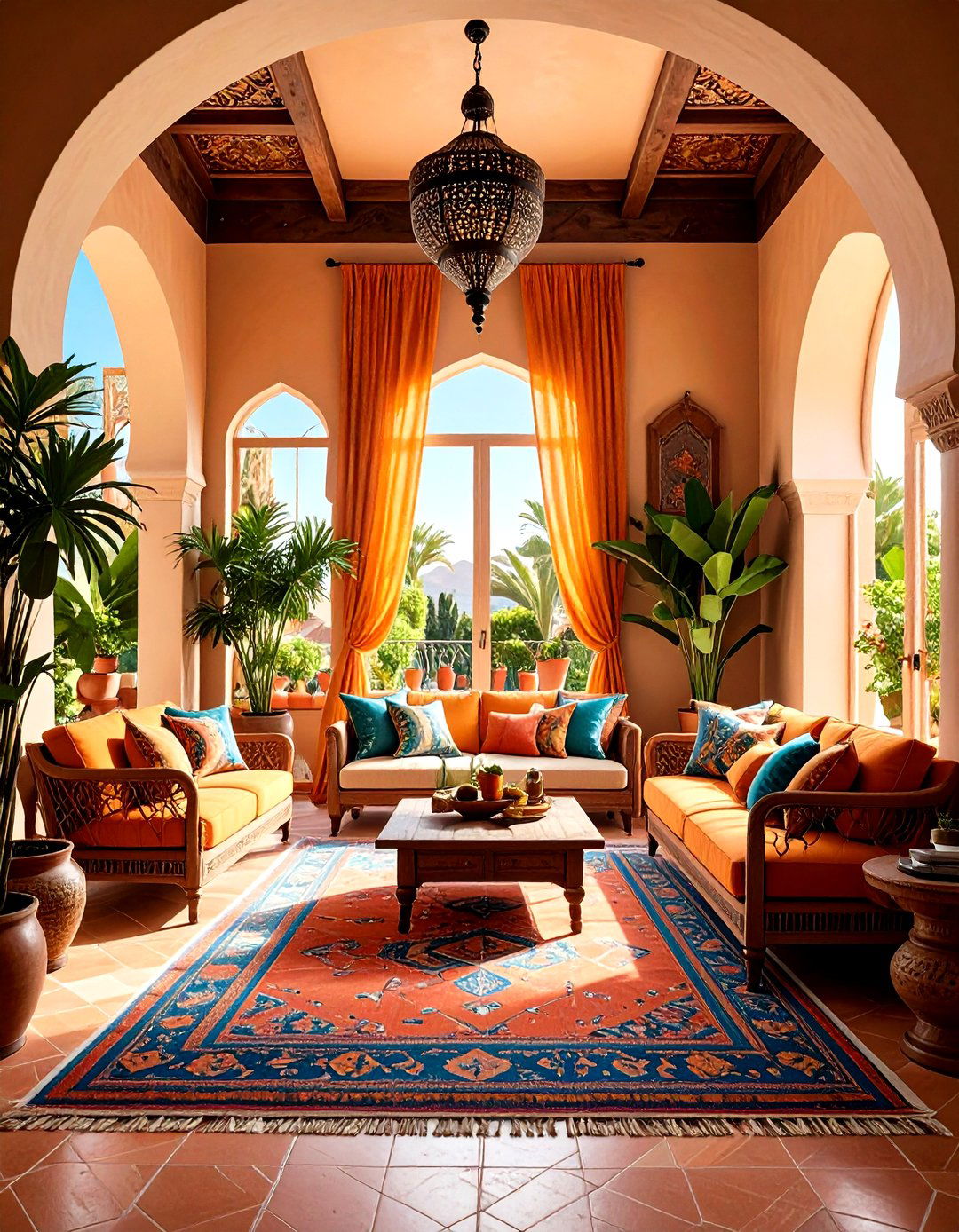
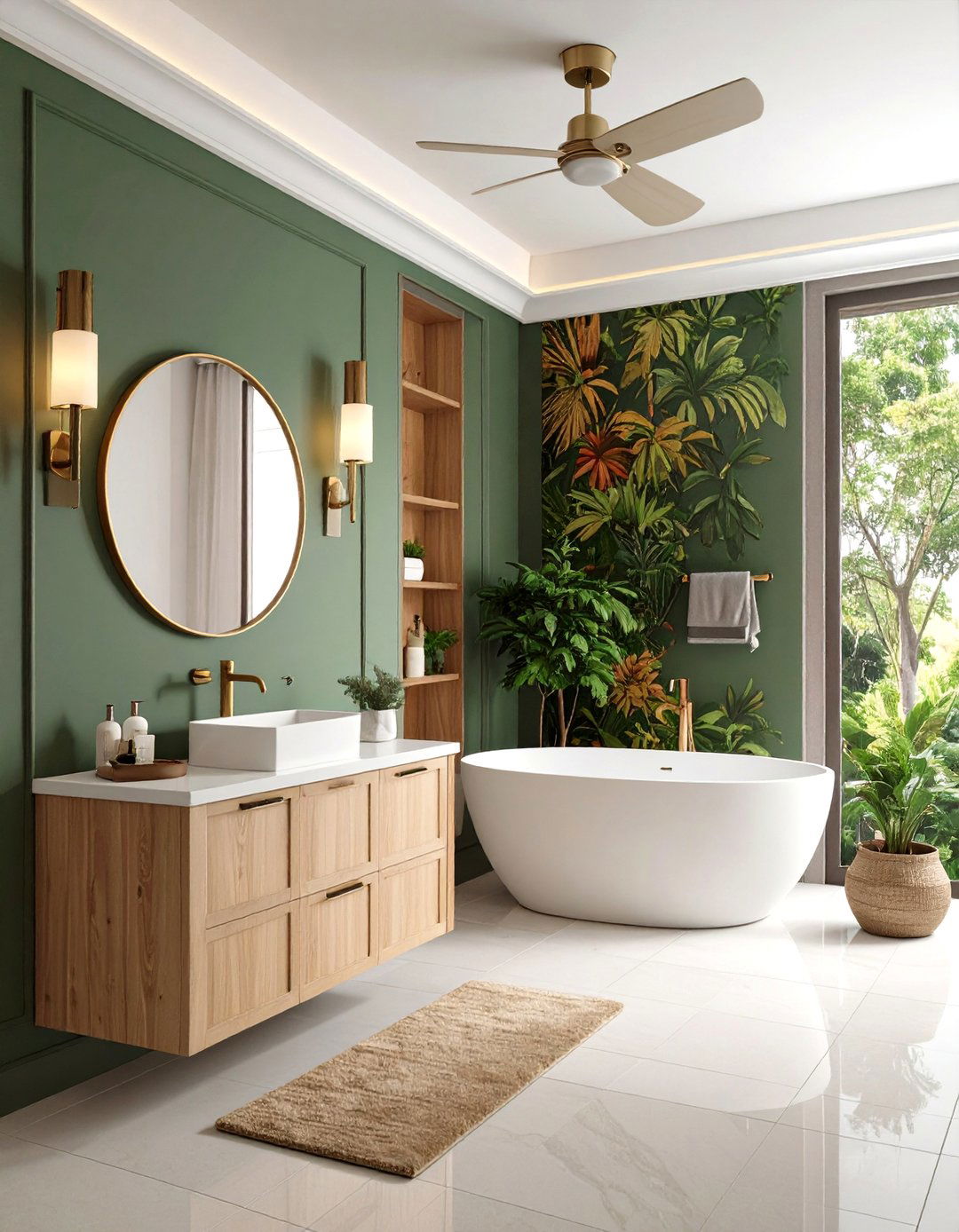
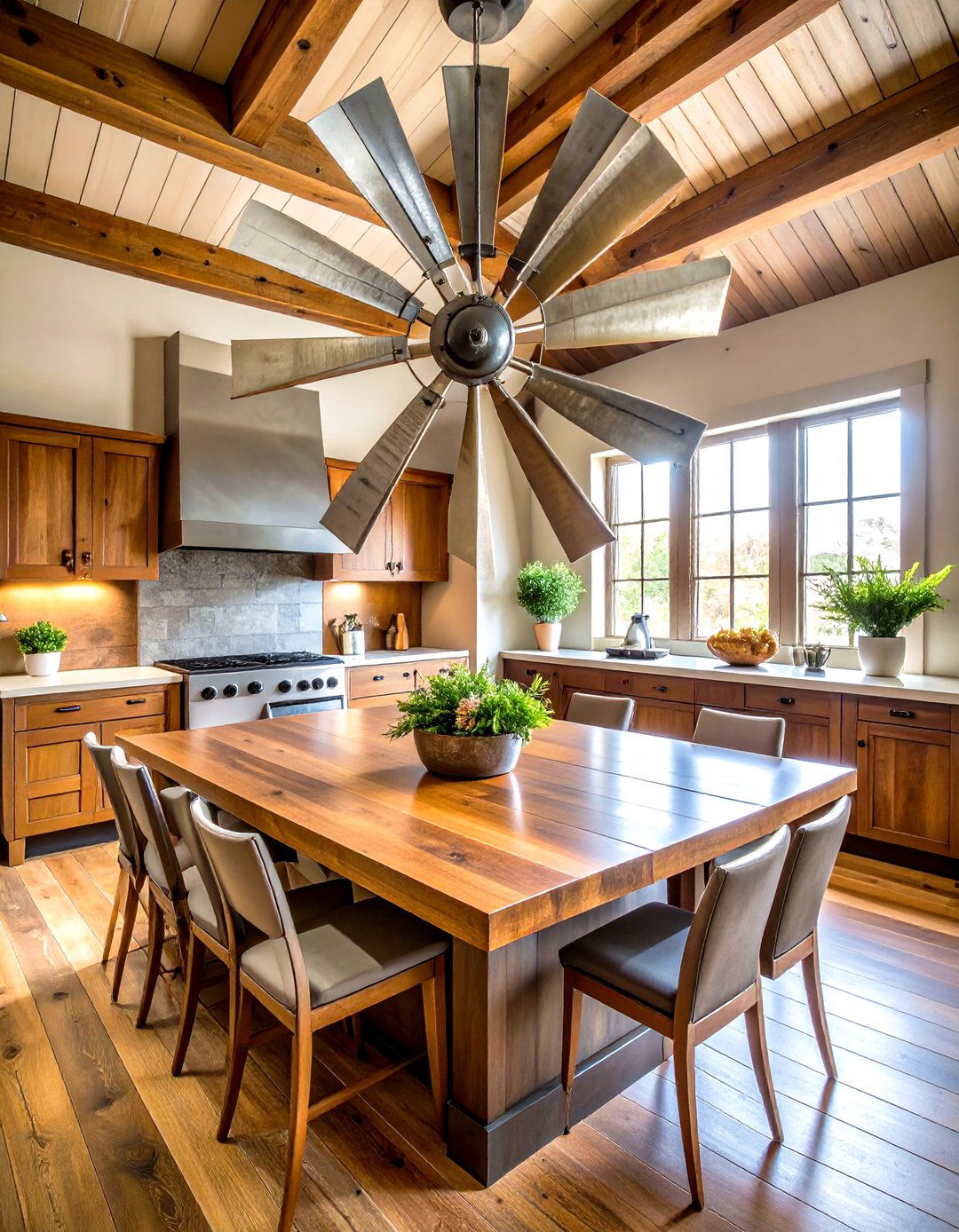
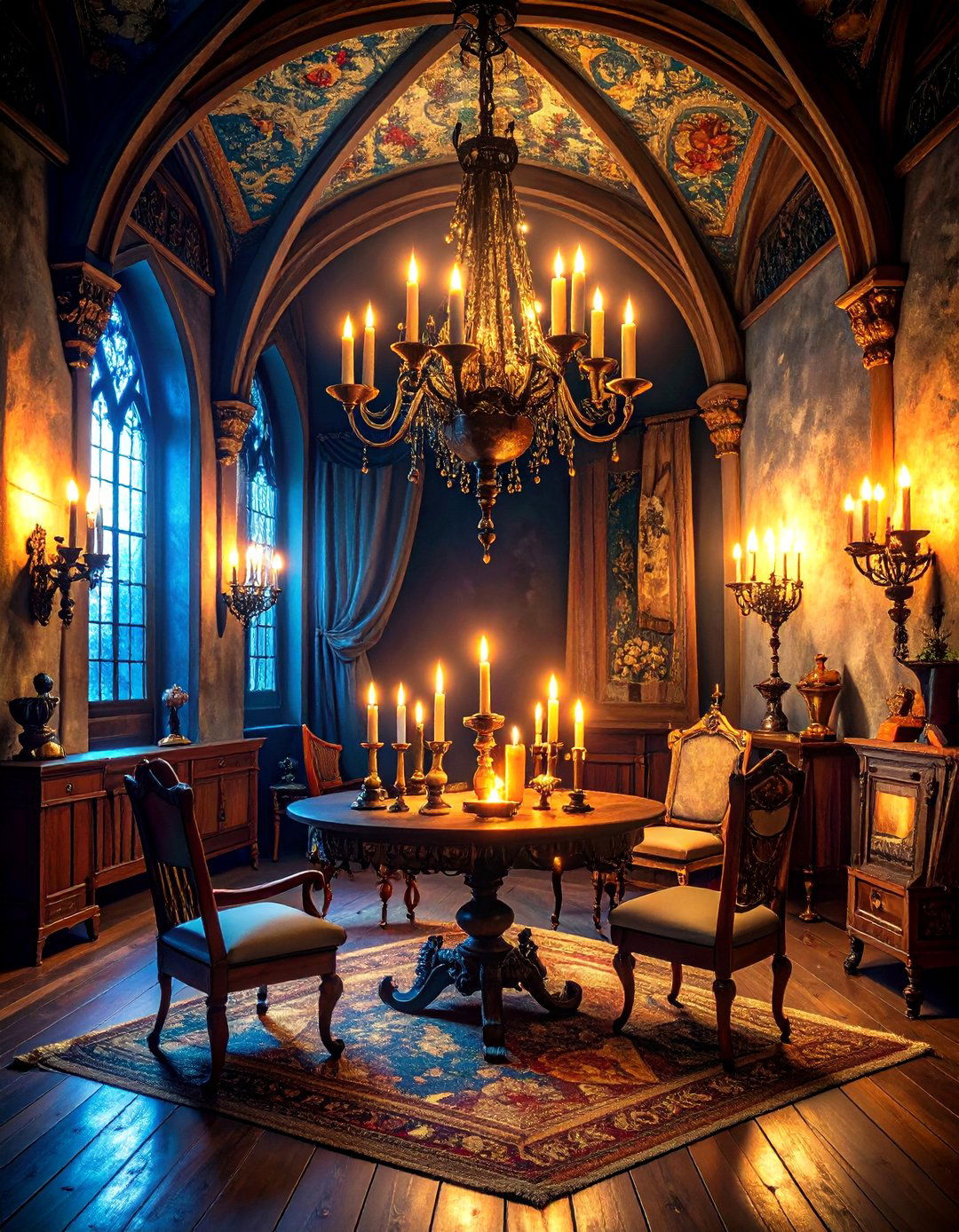
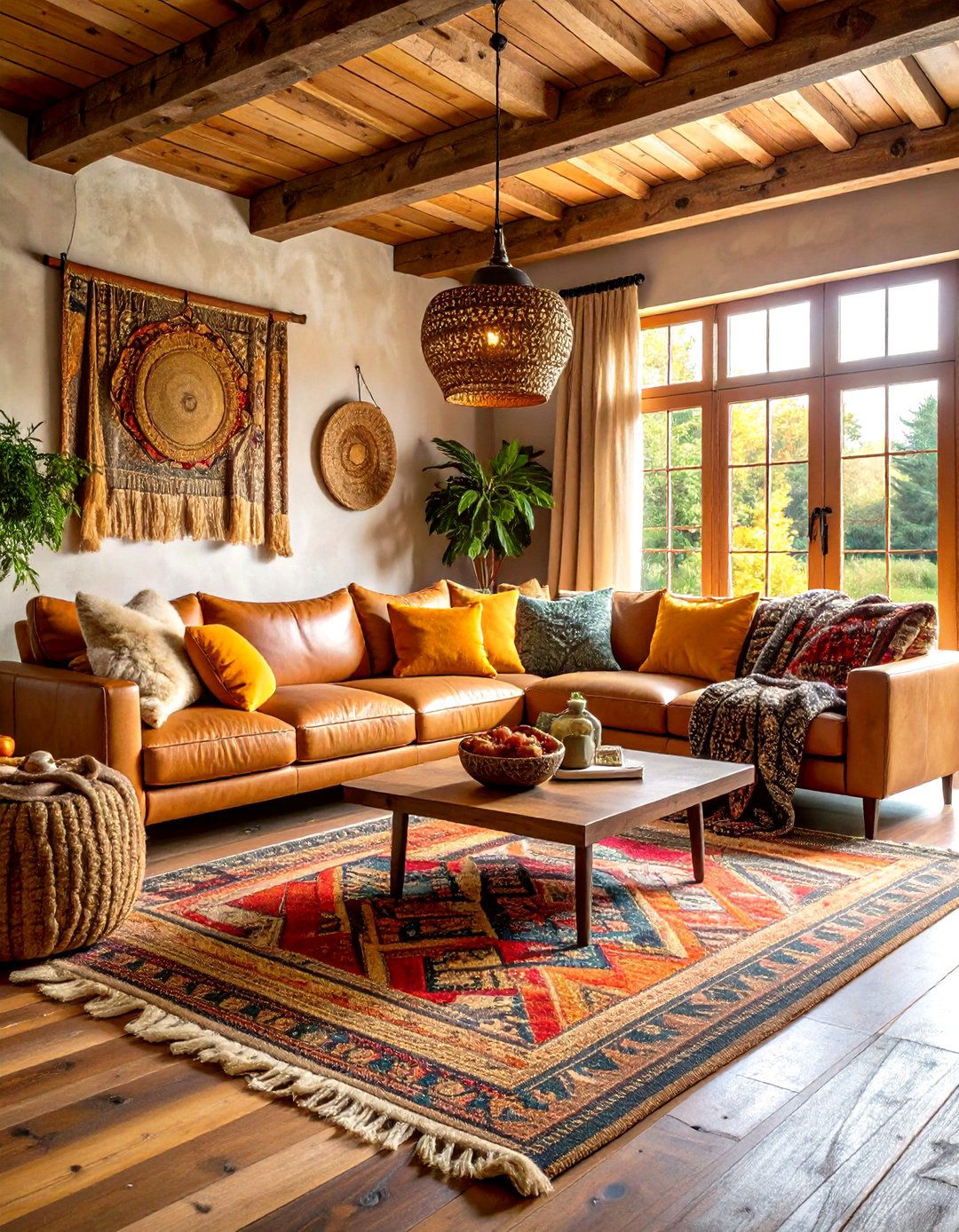
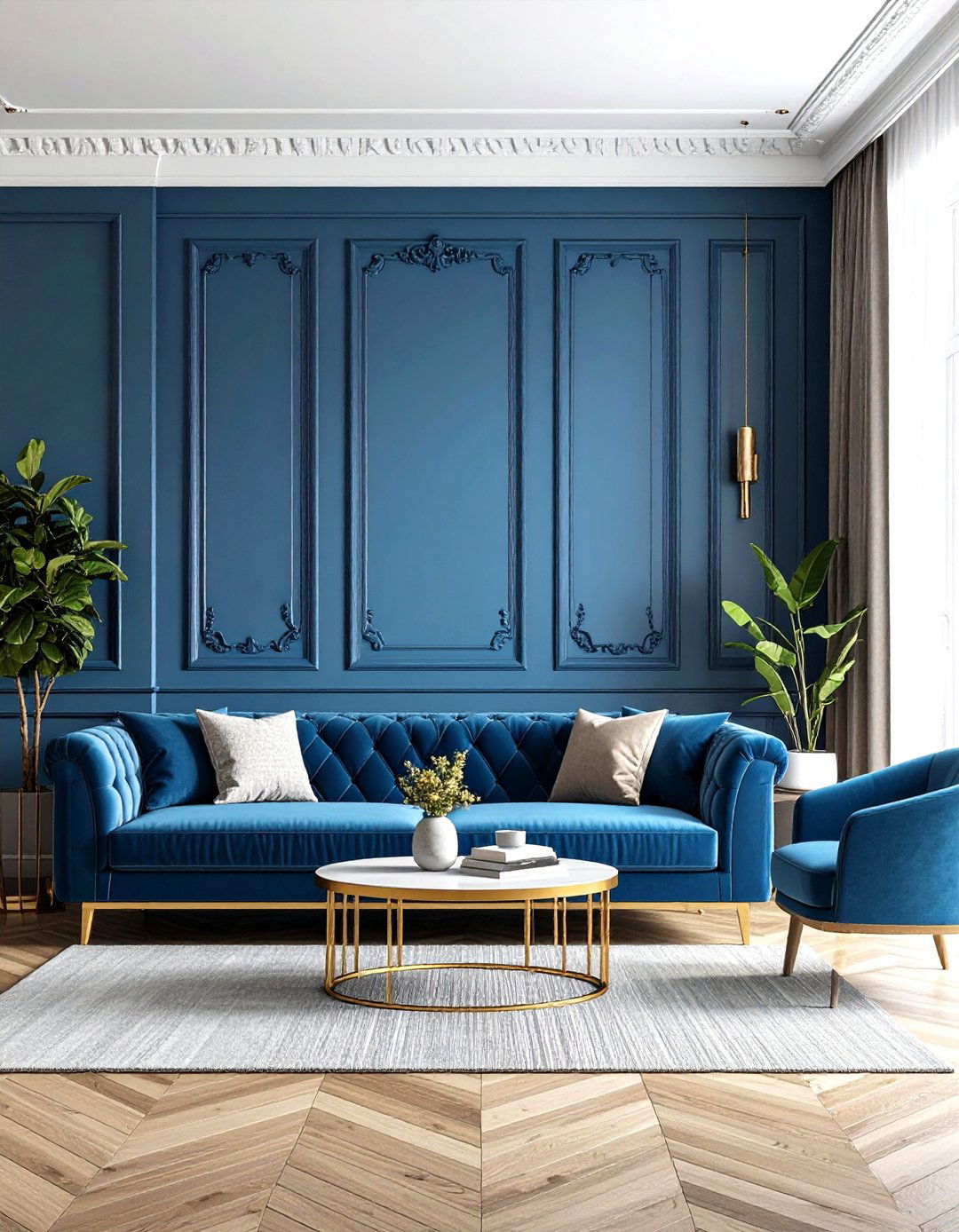
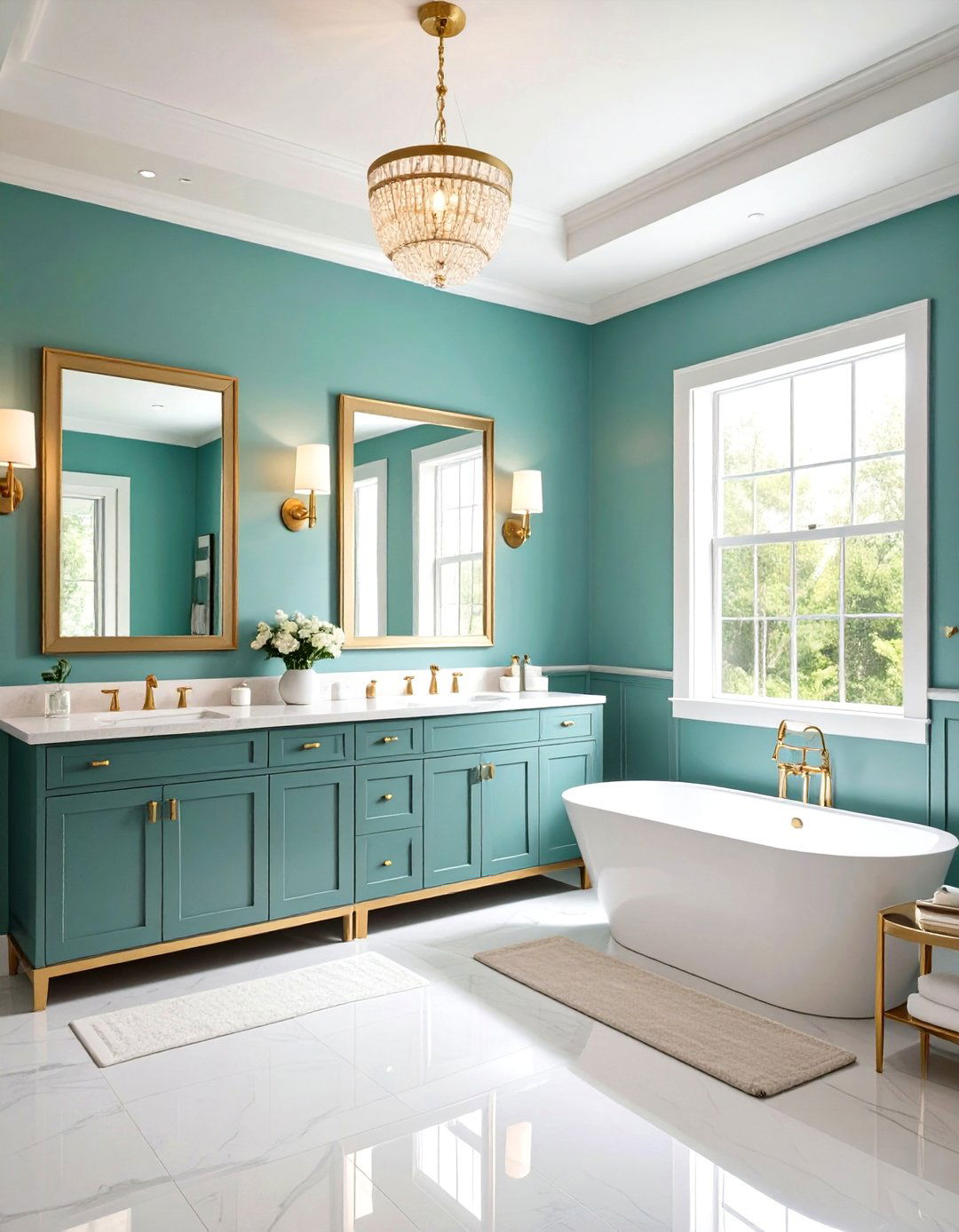
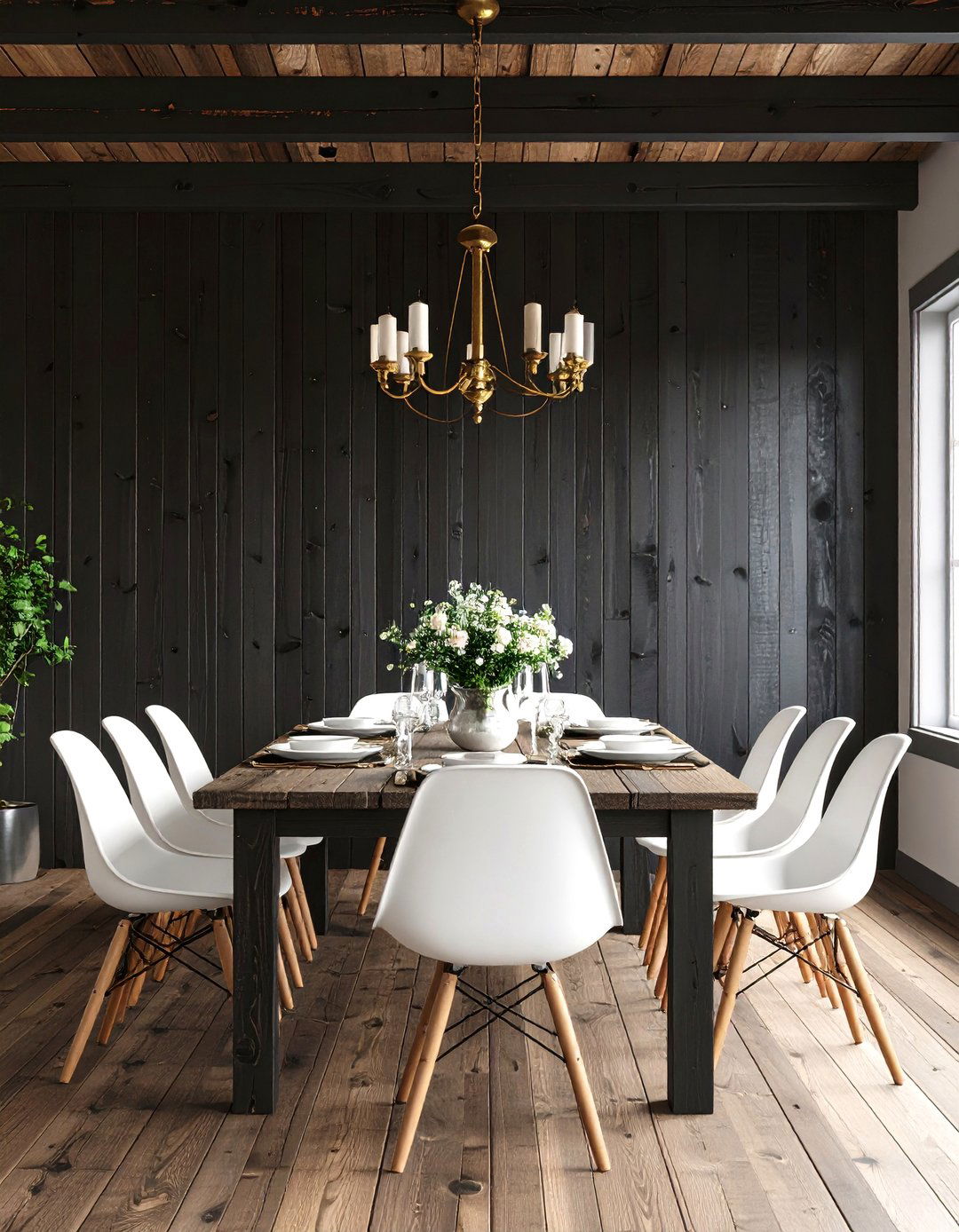
Leave a Reply